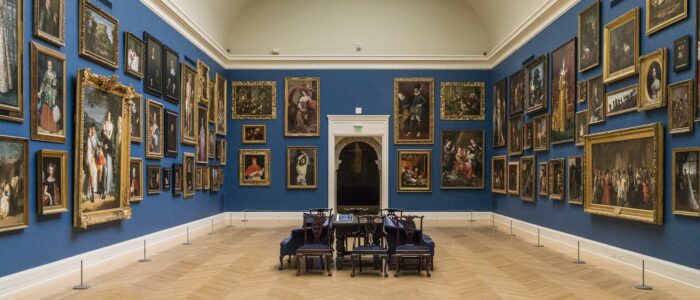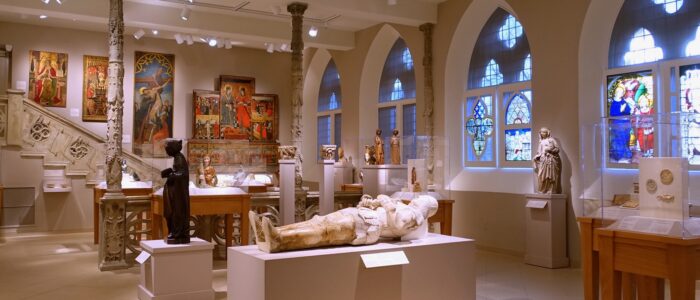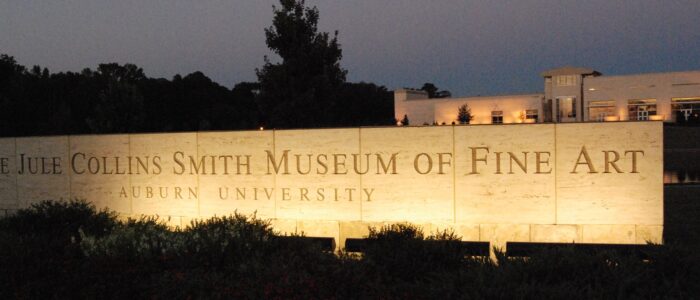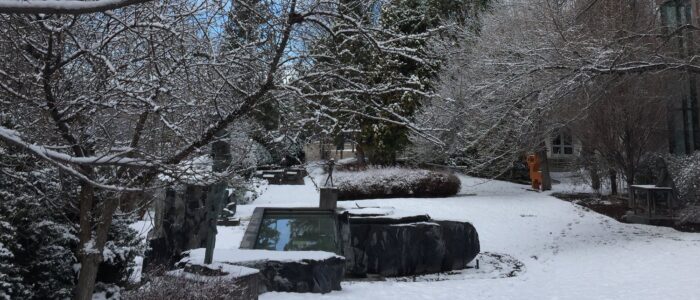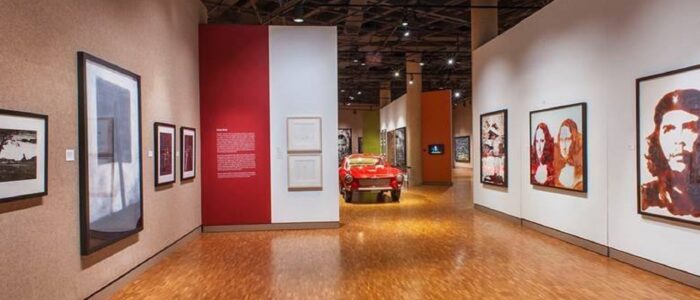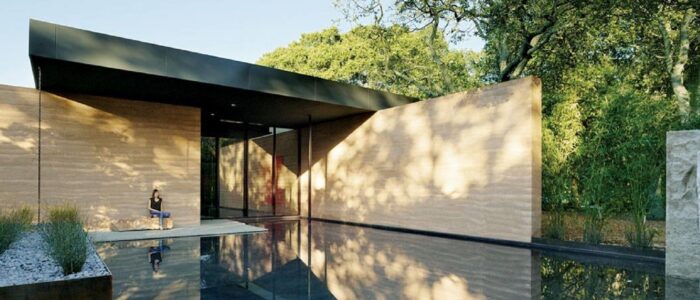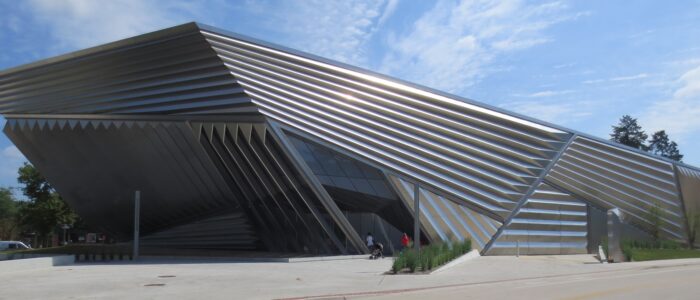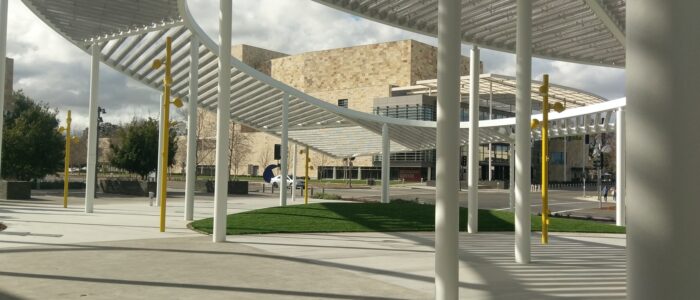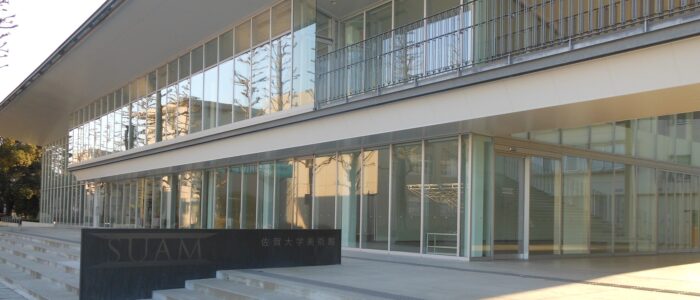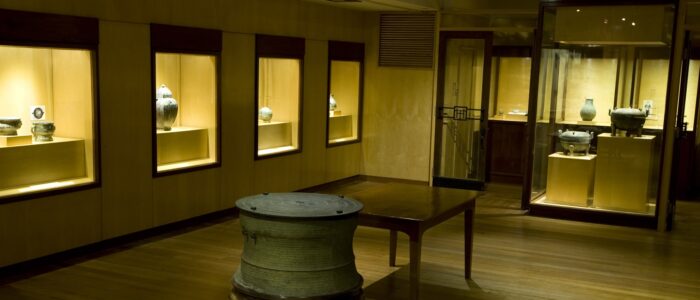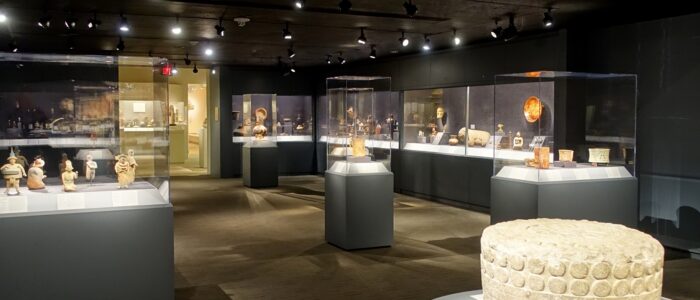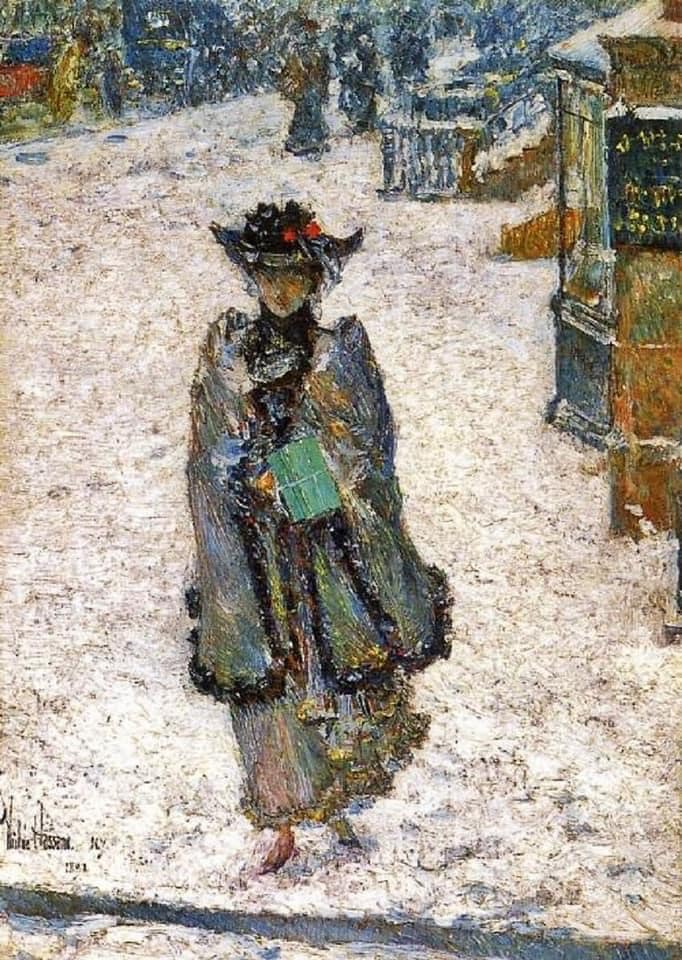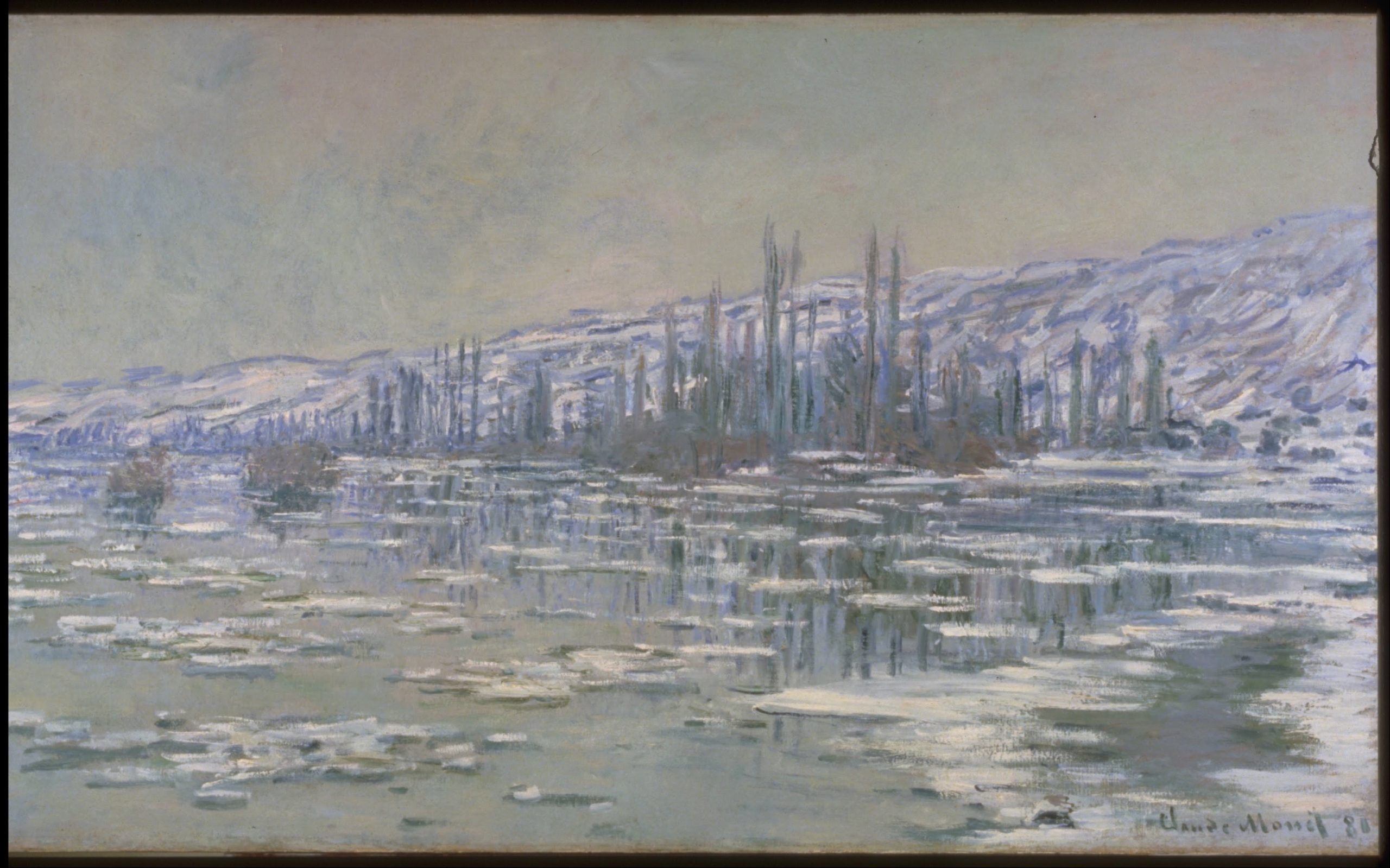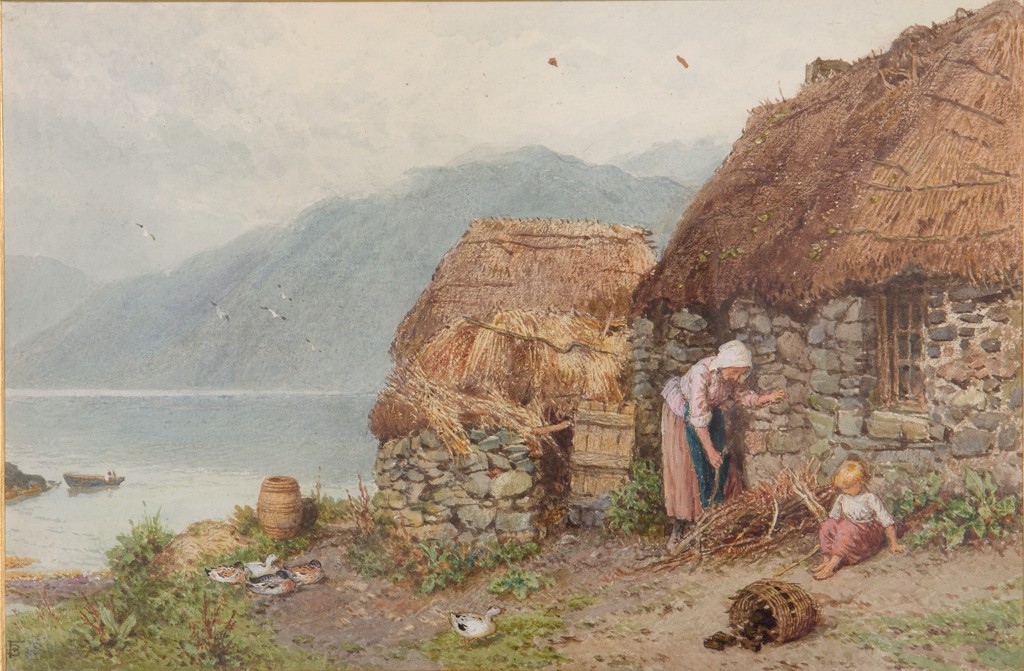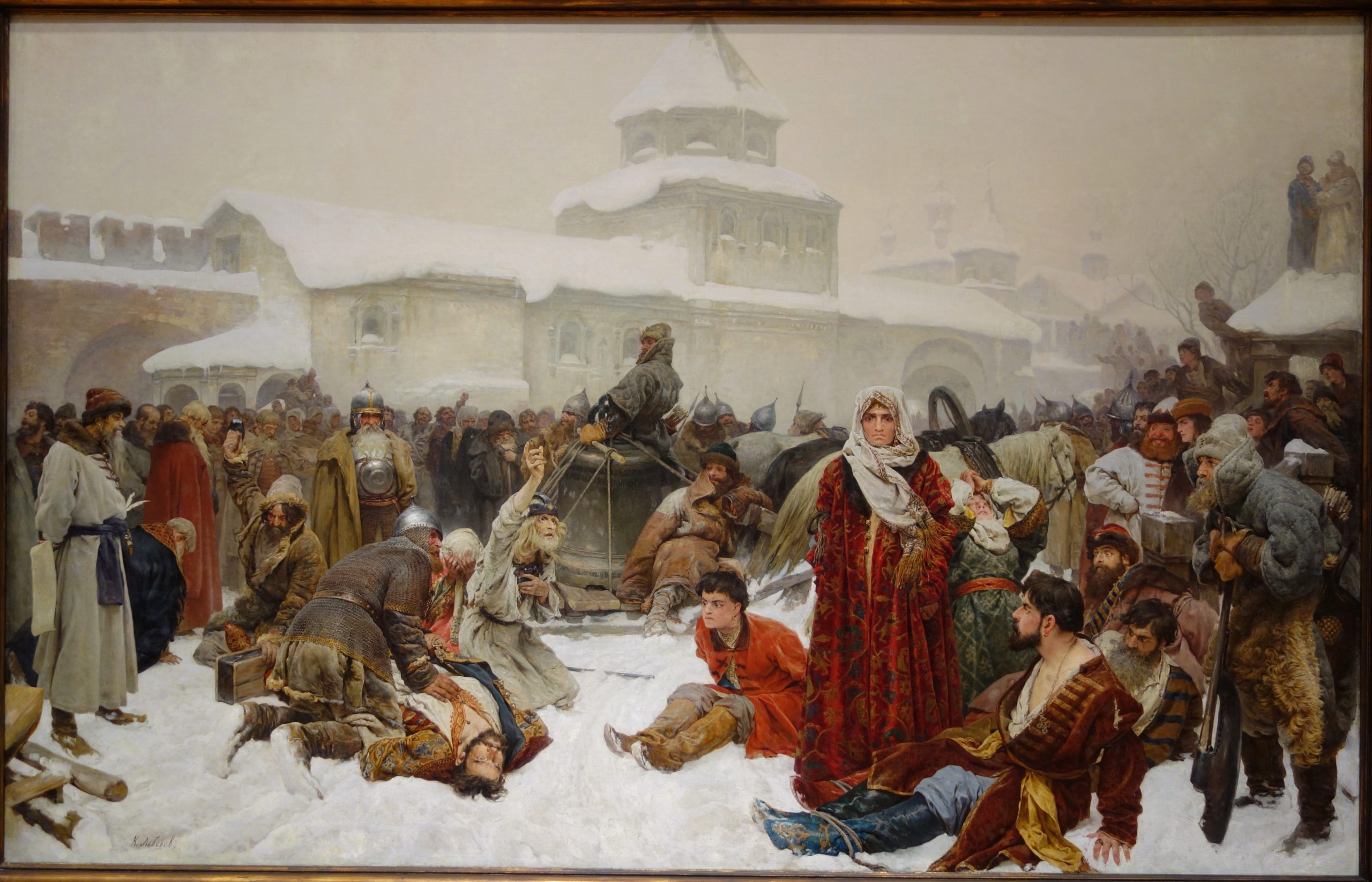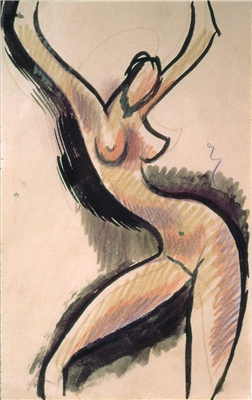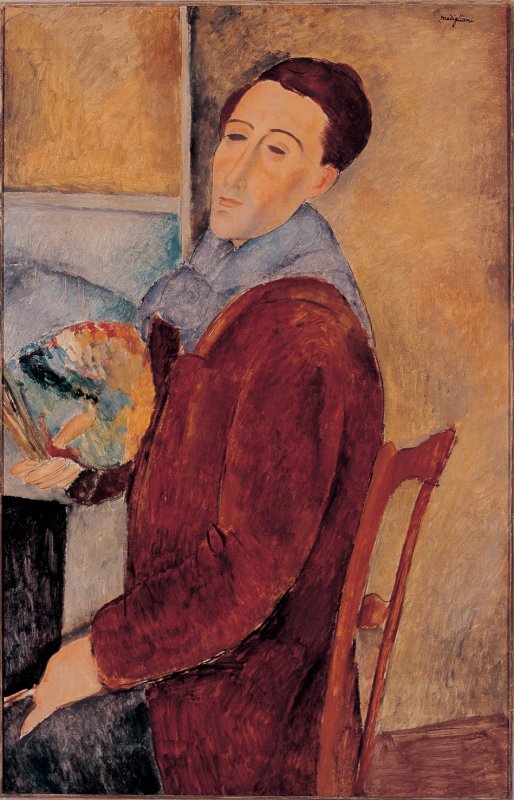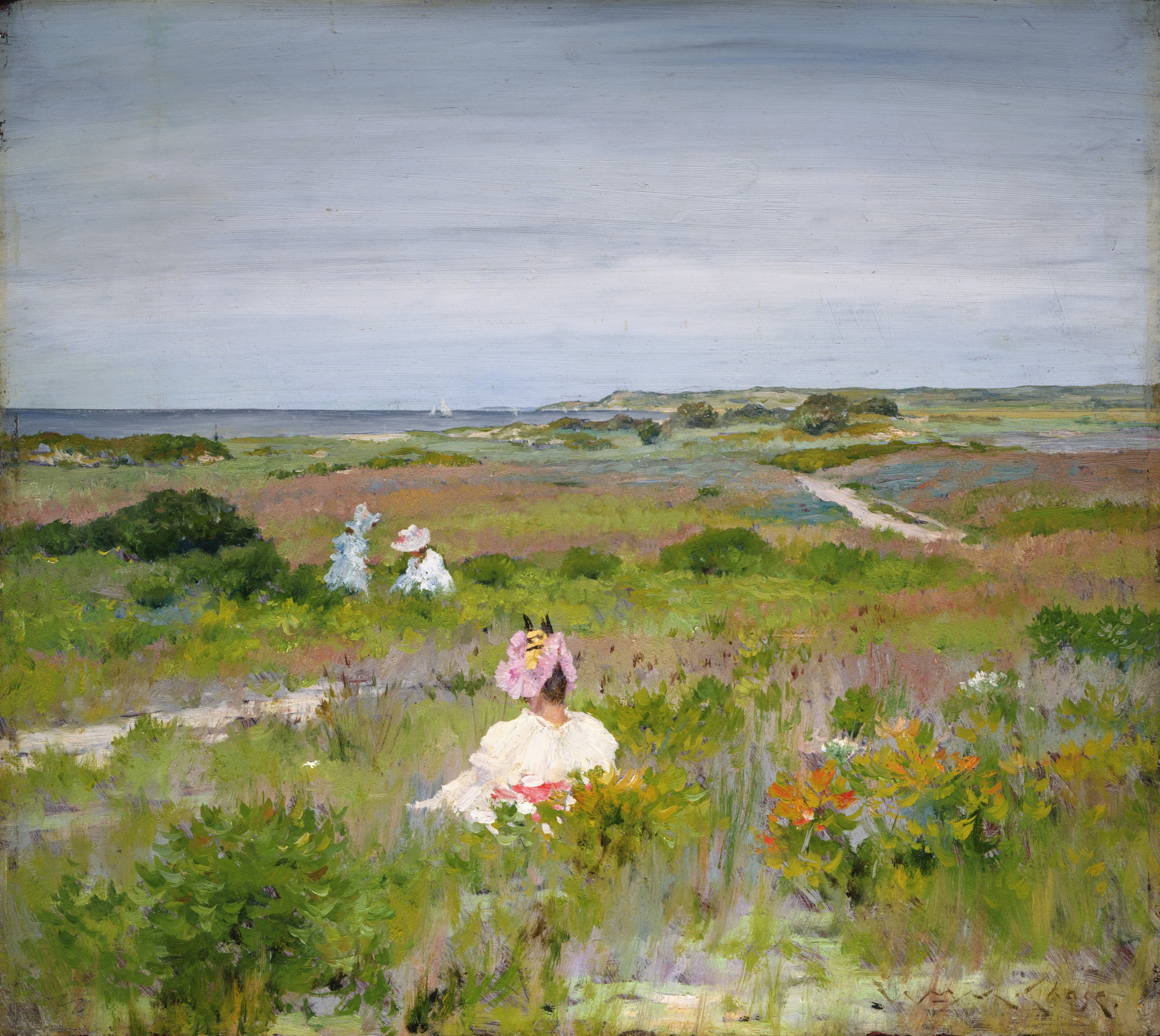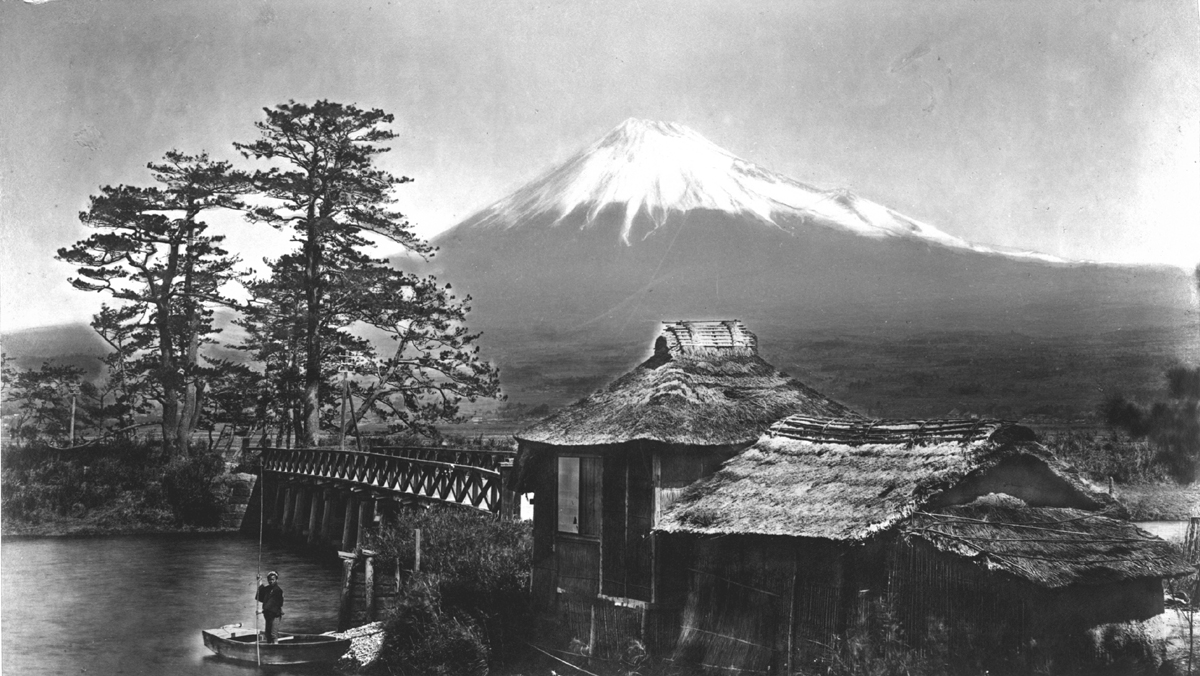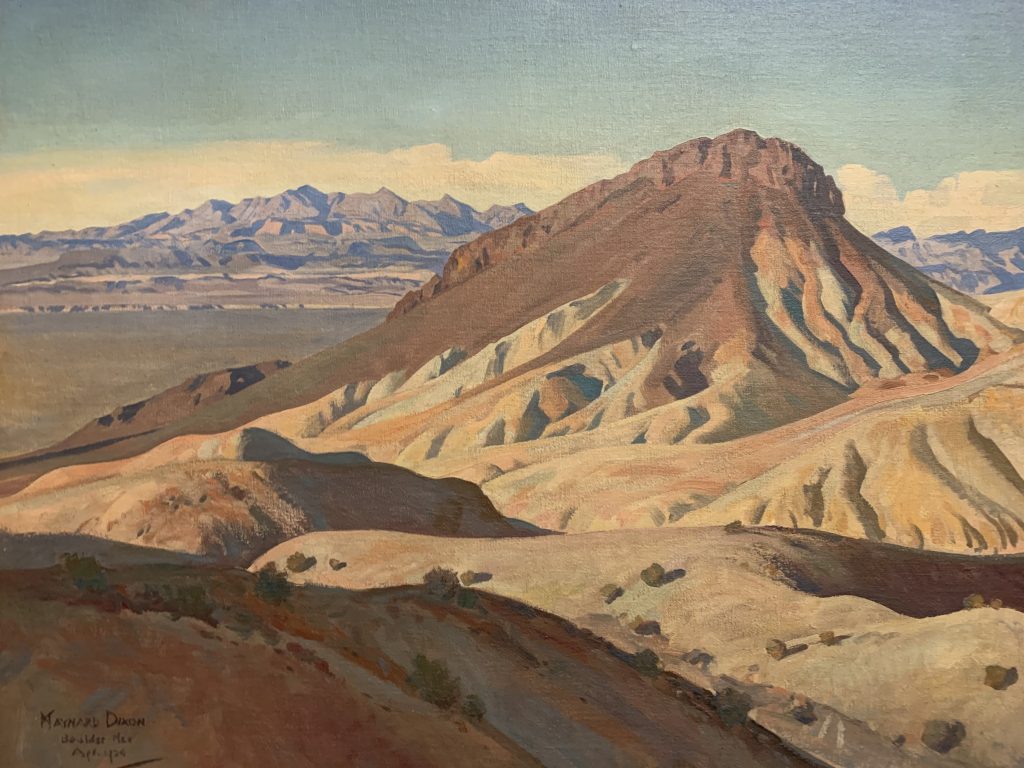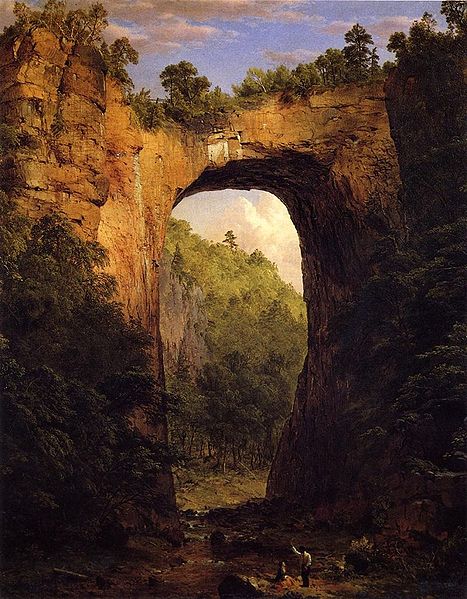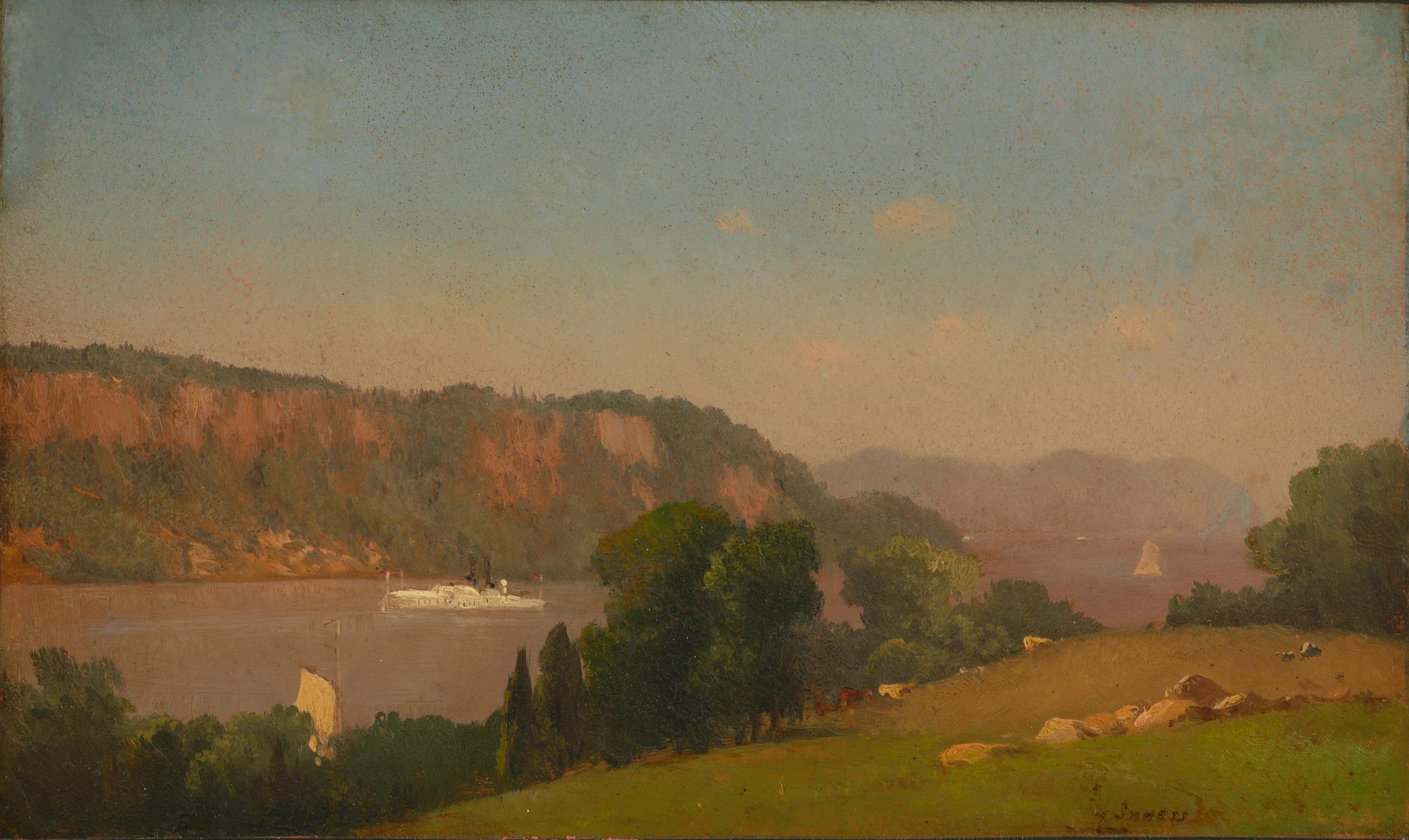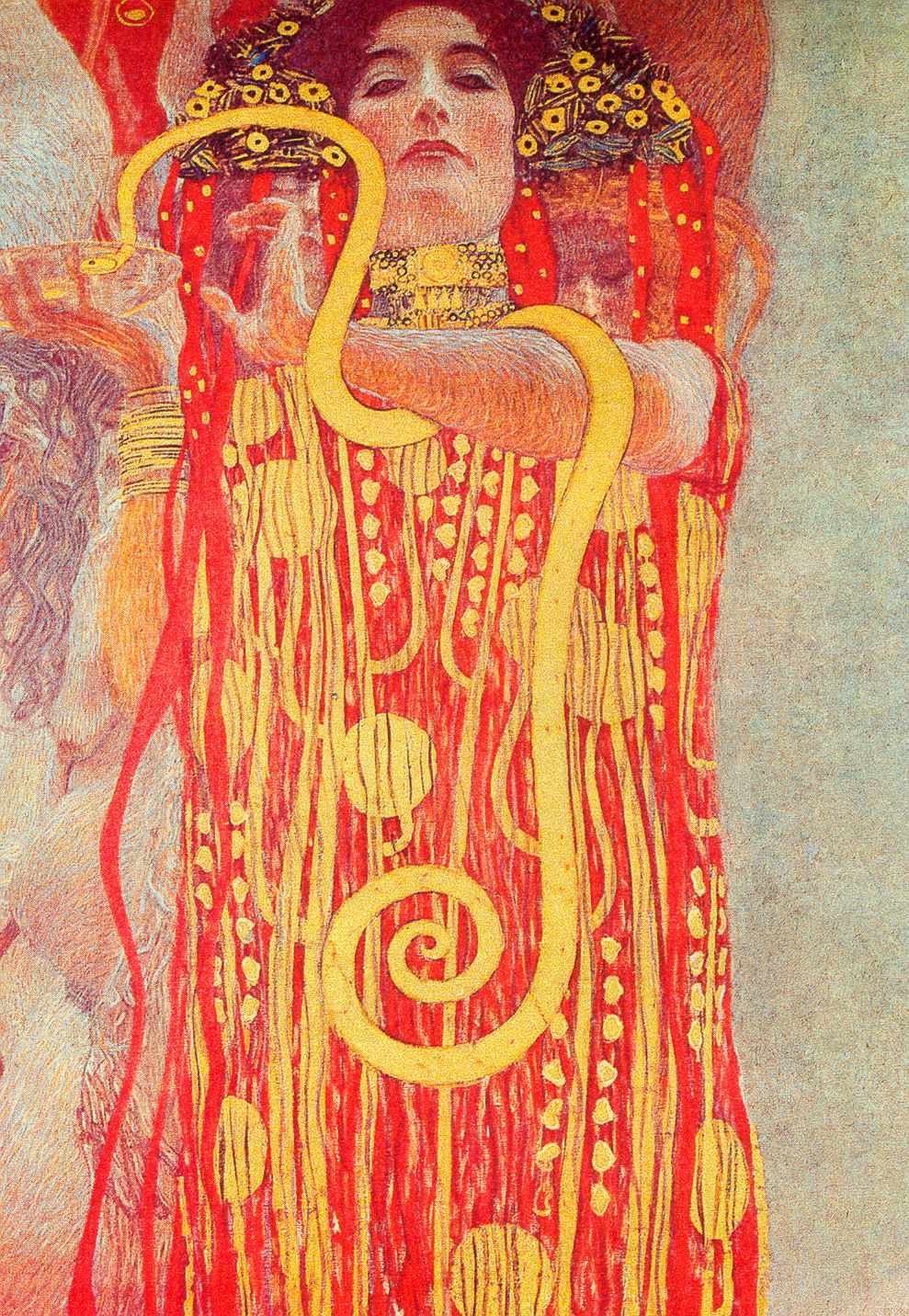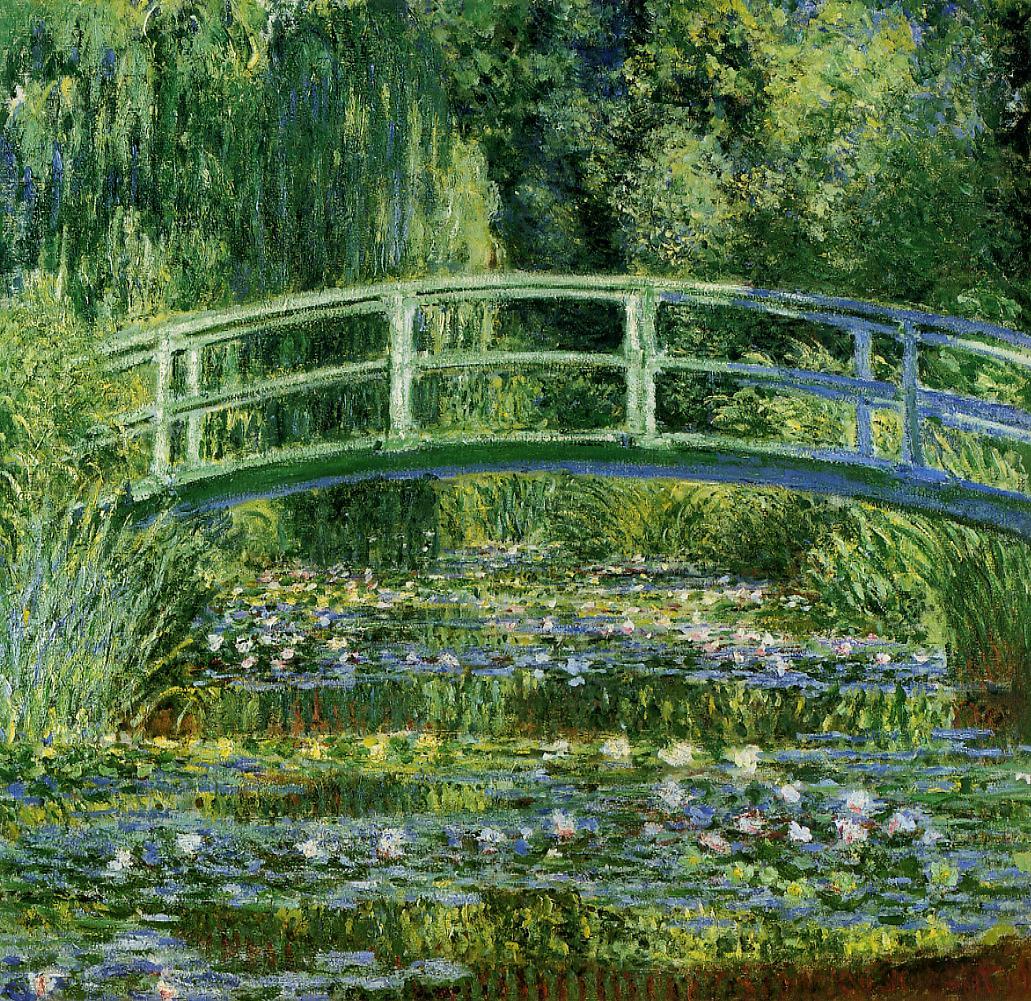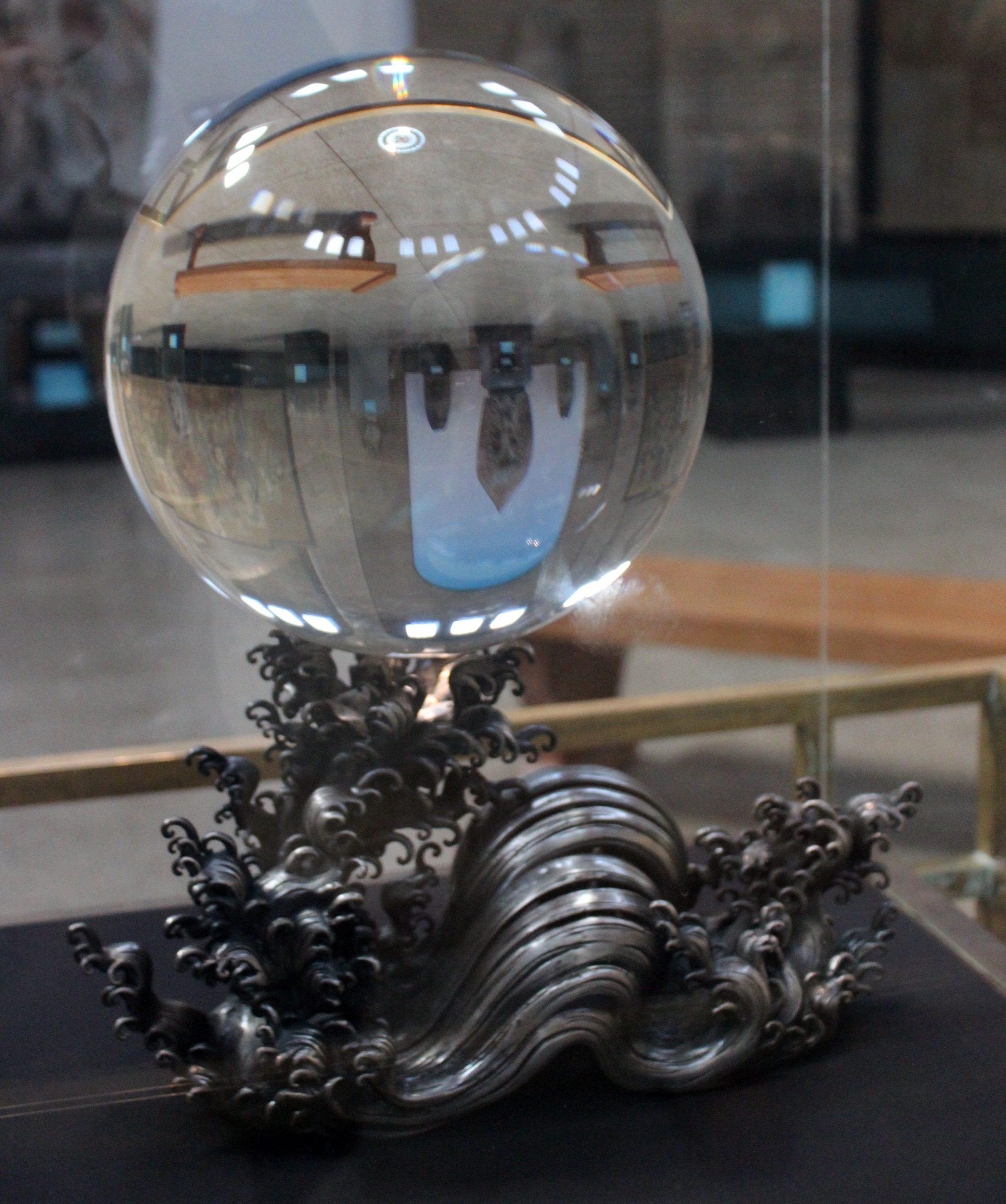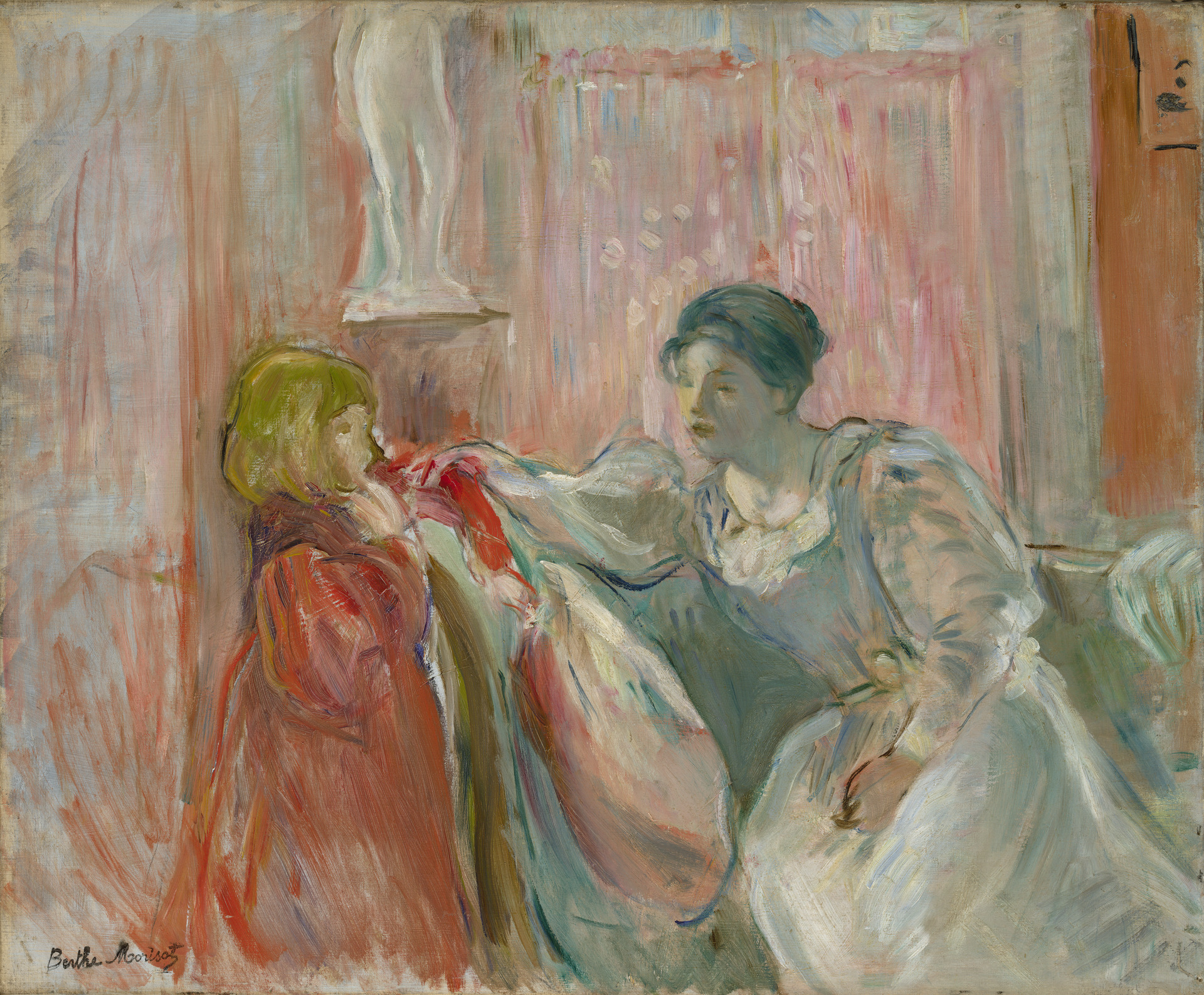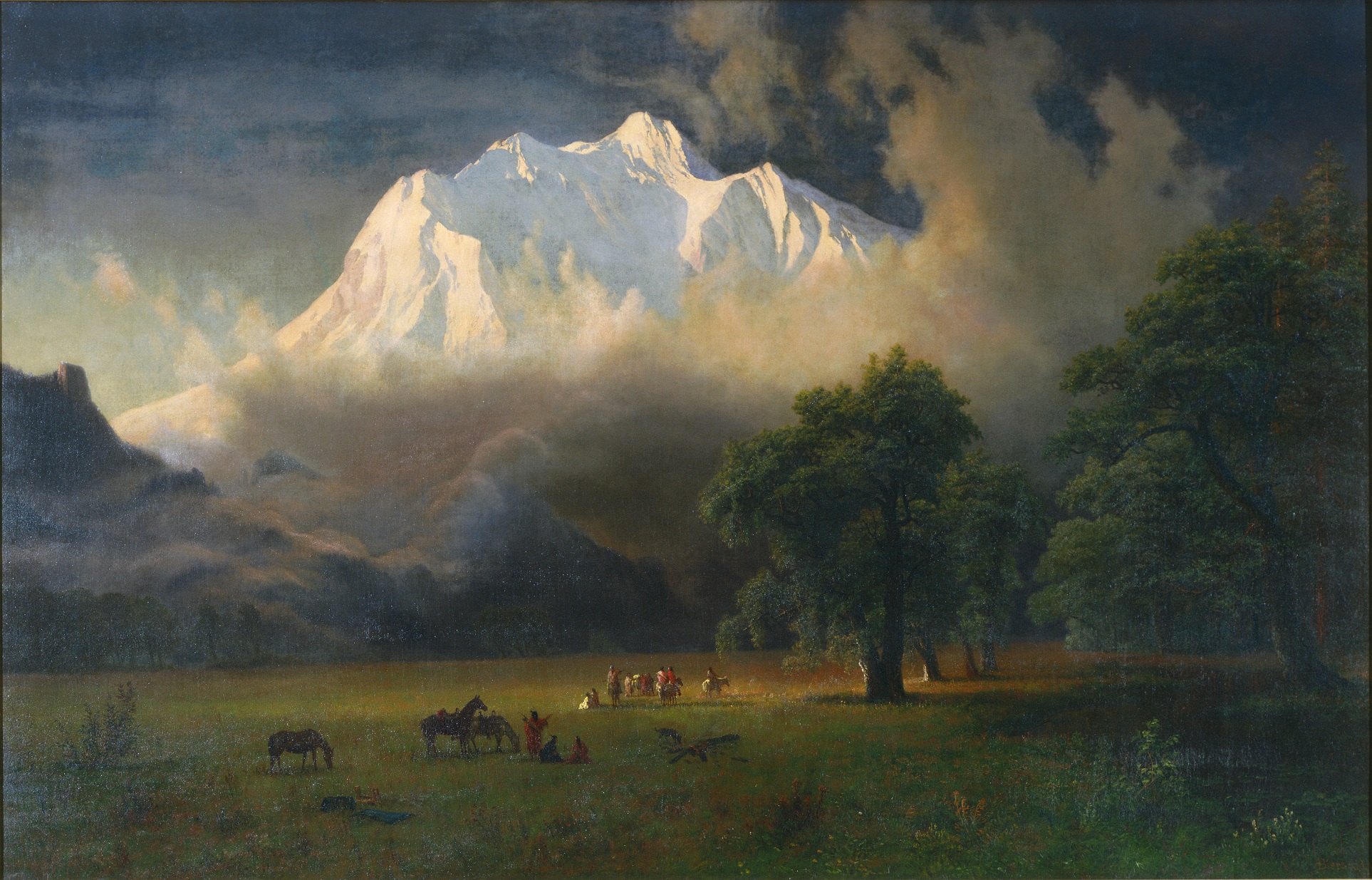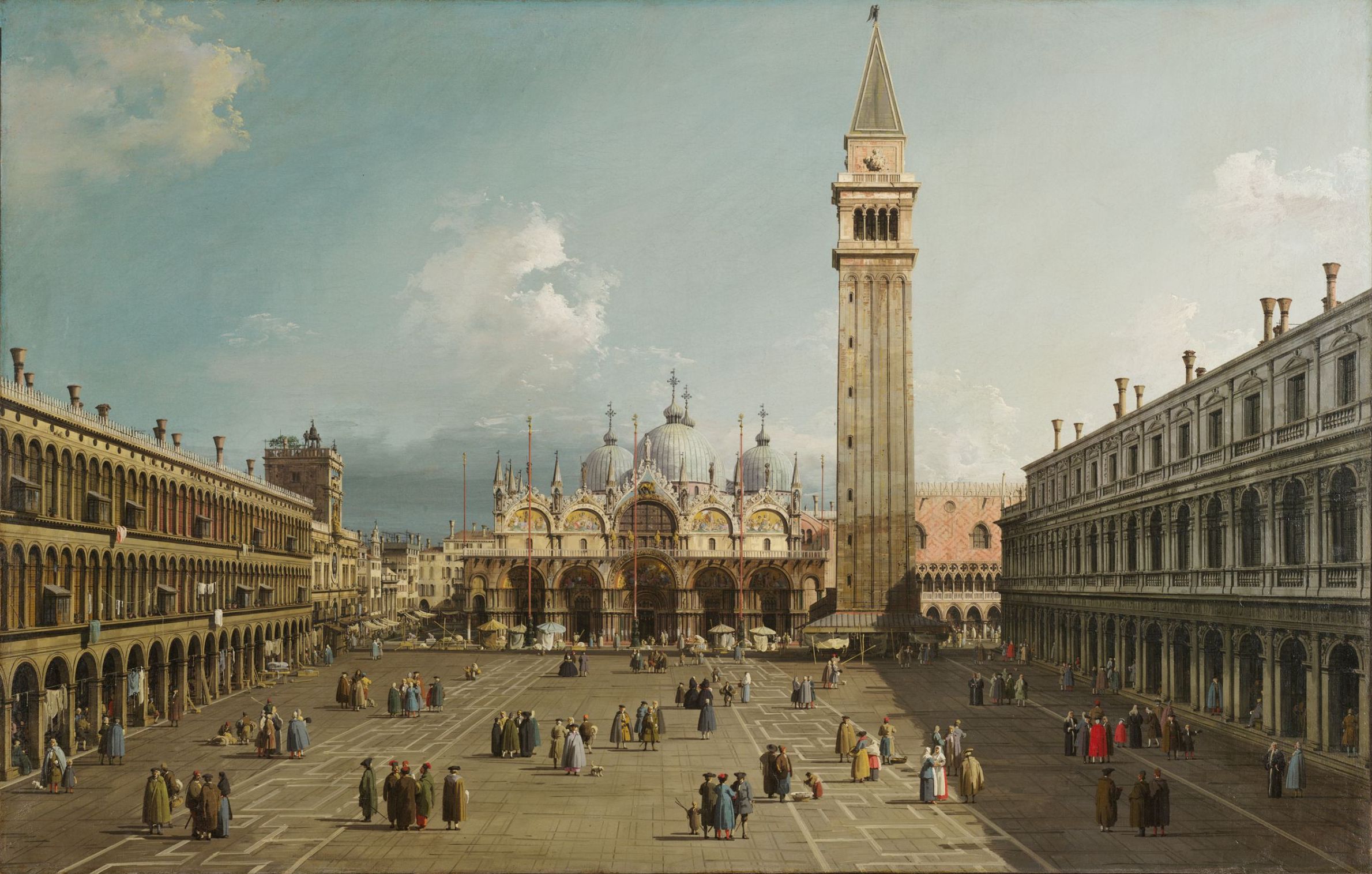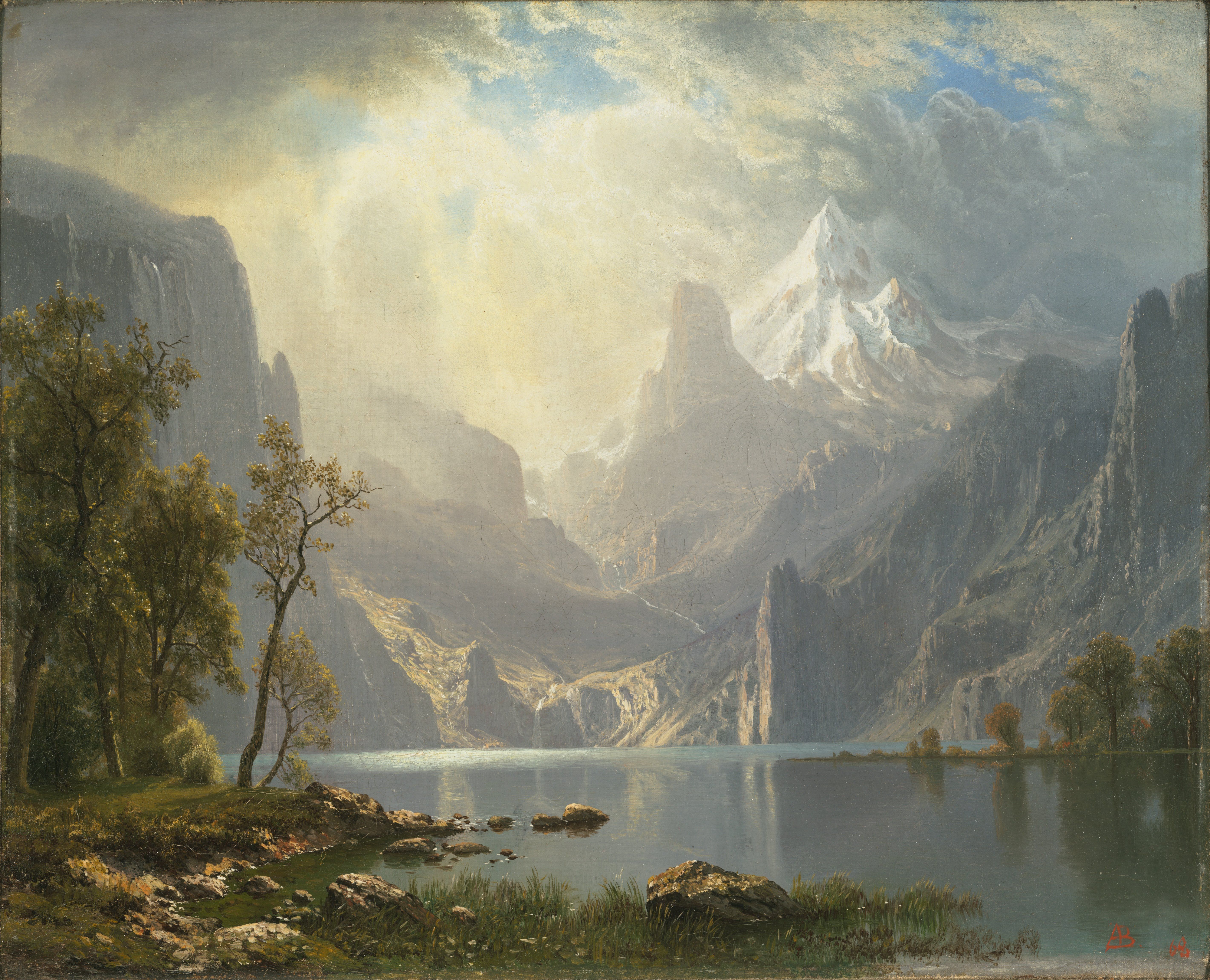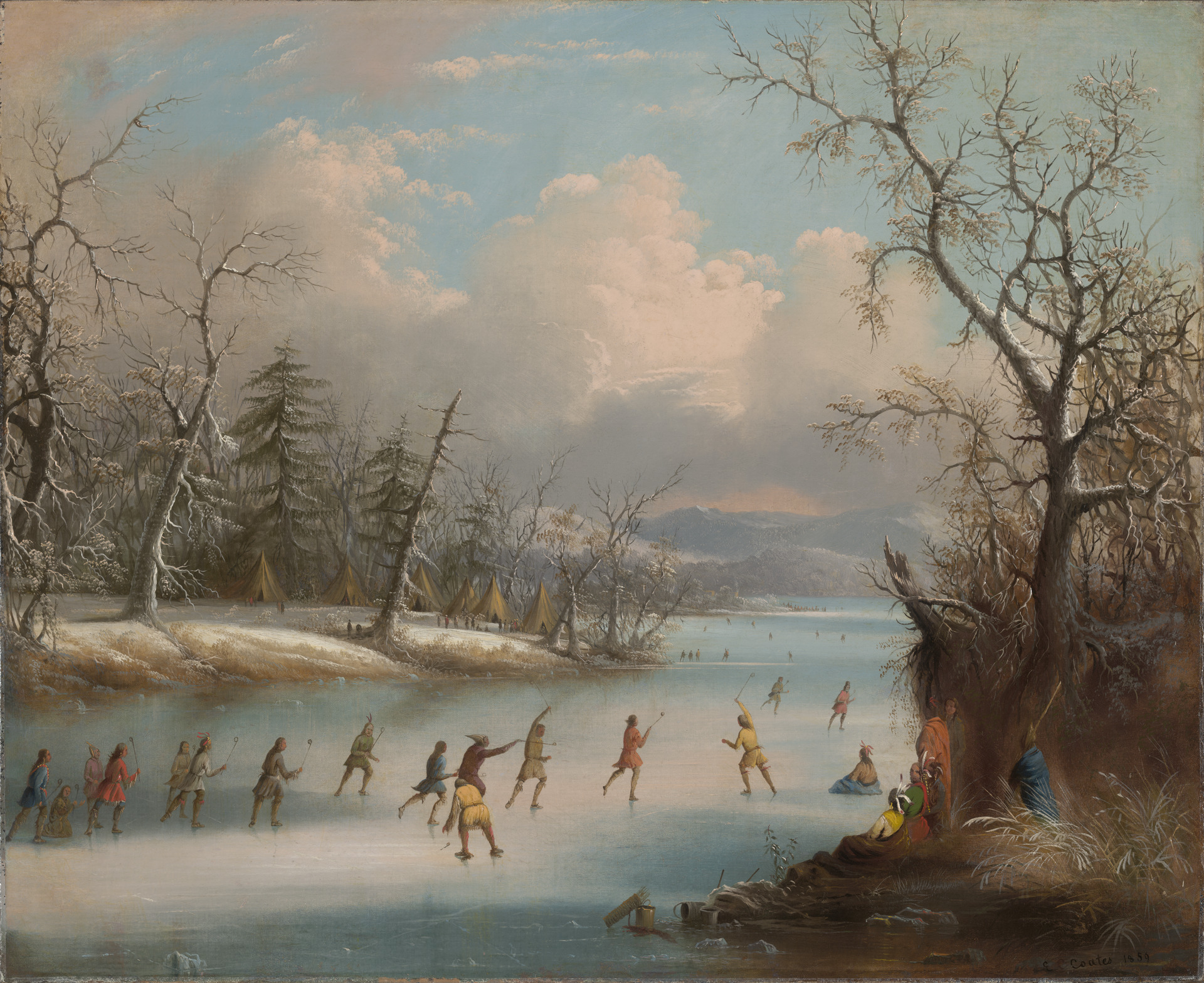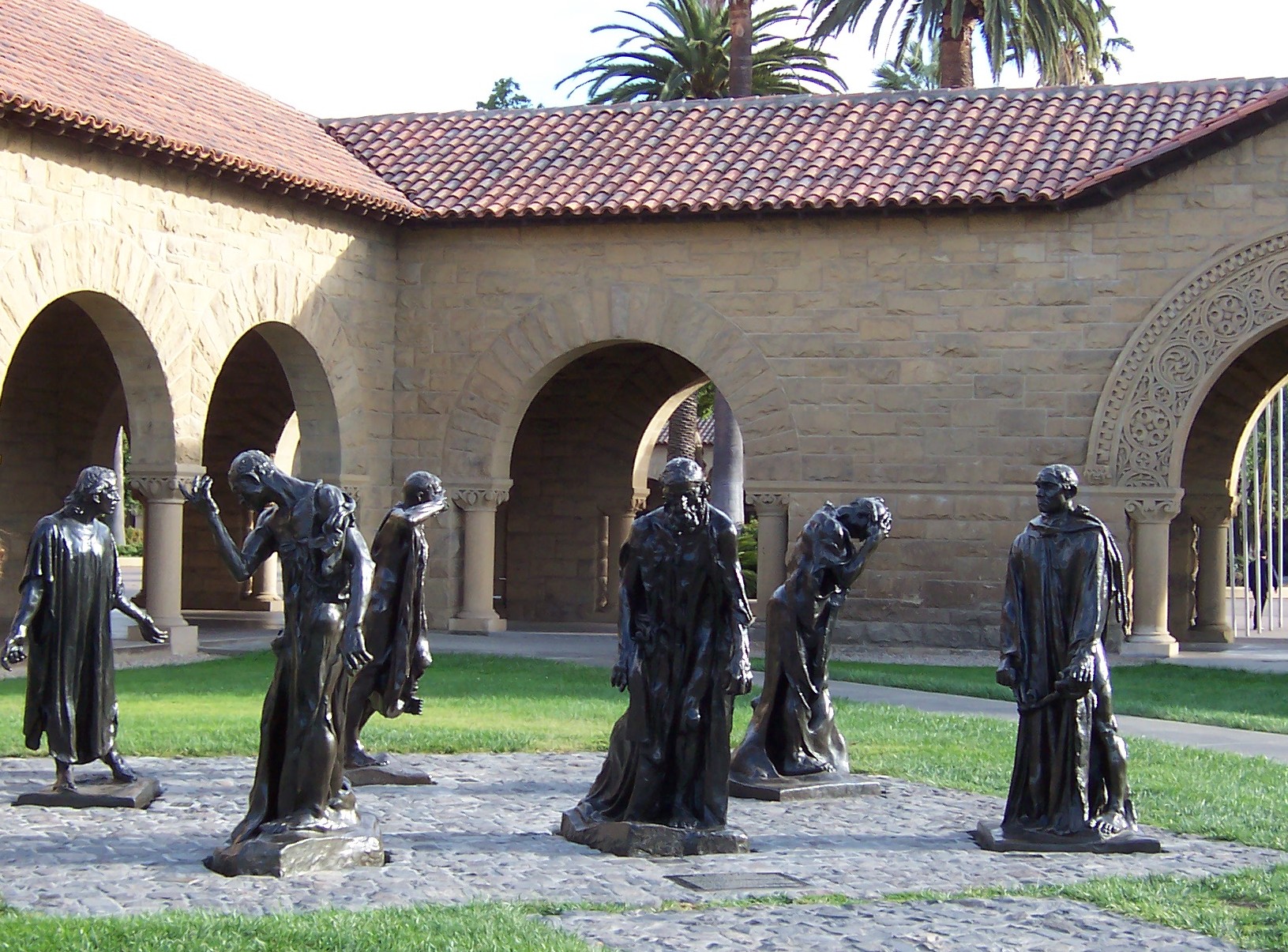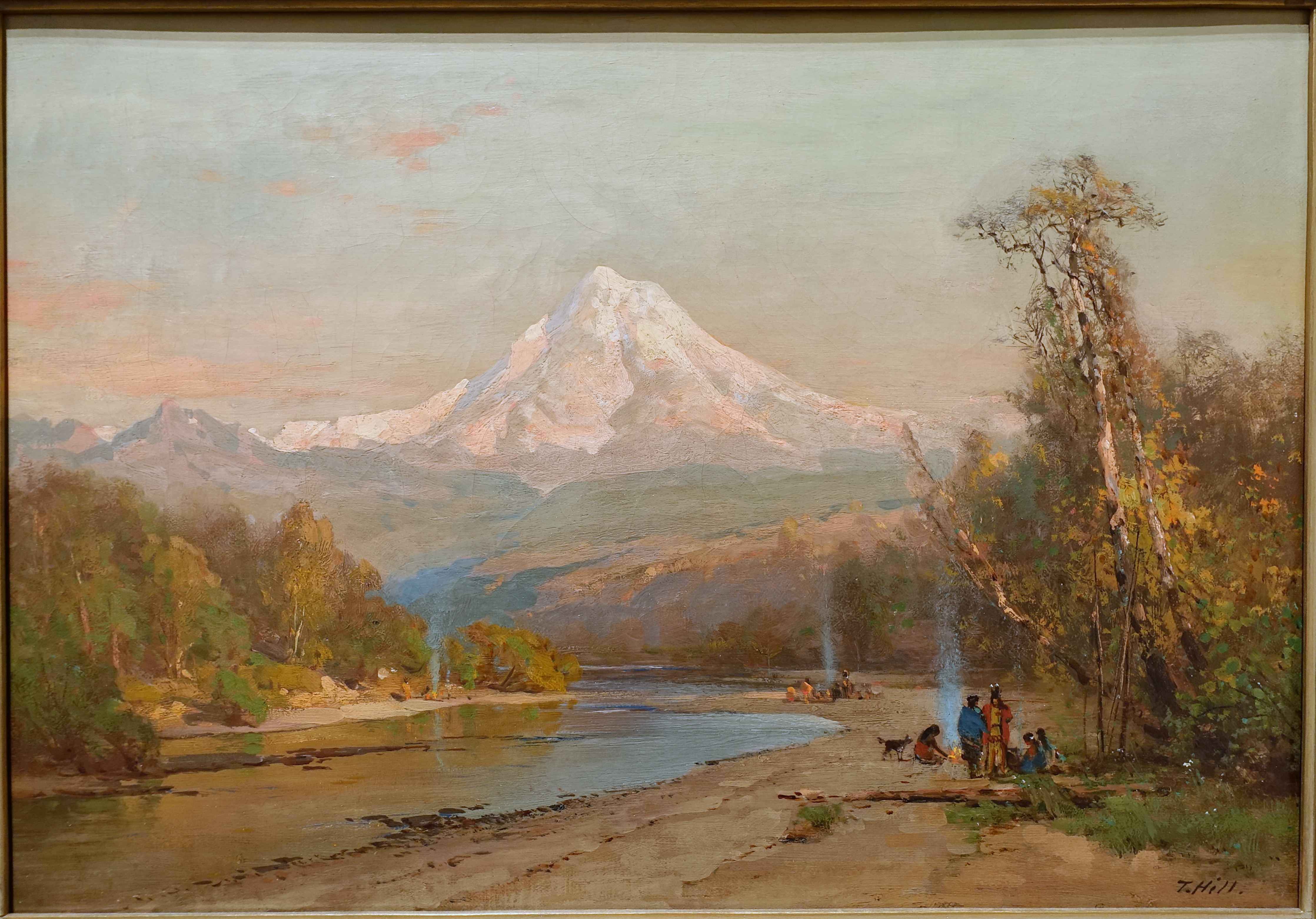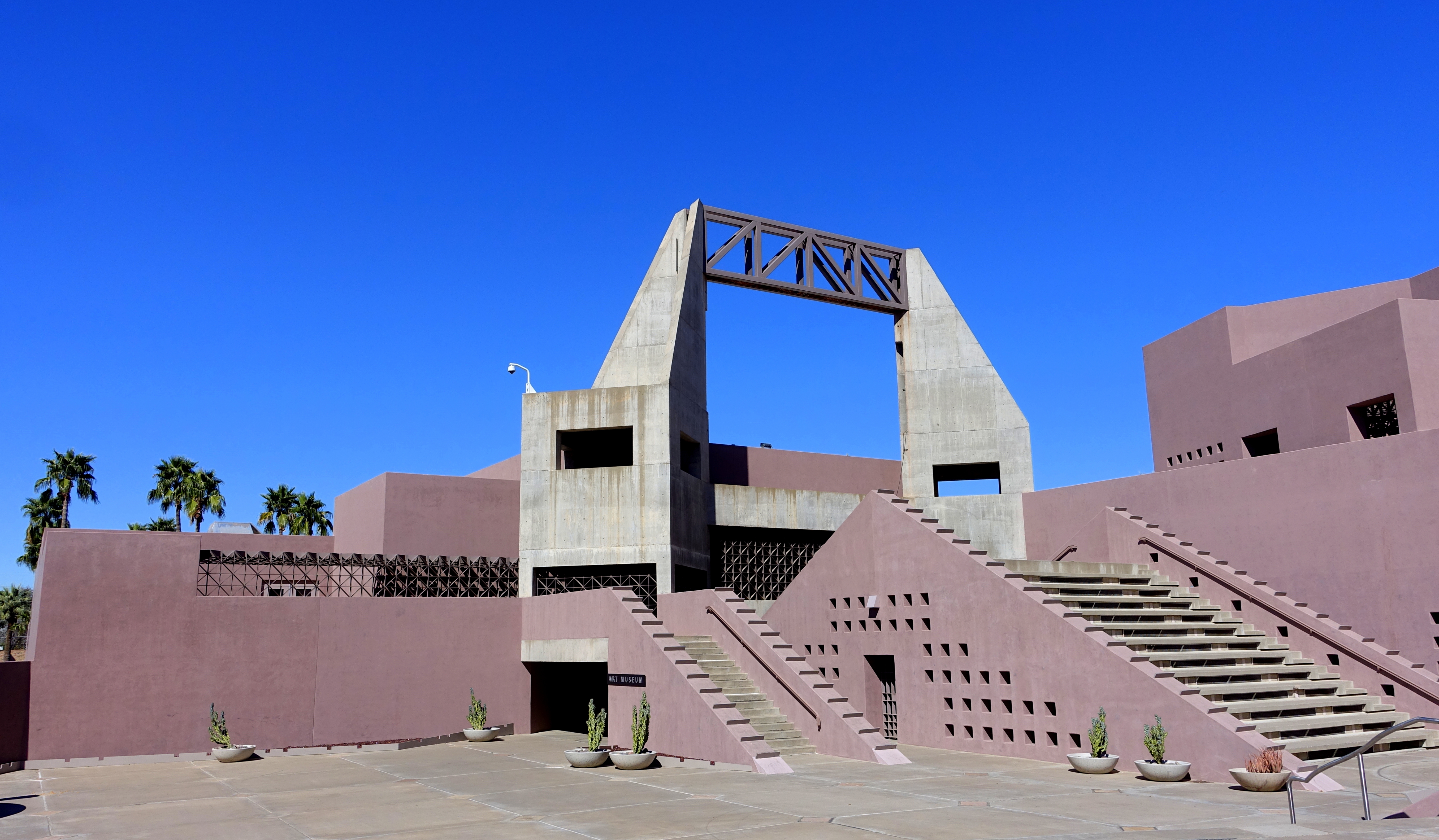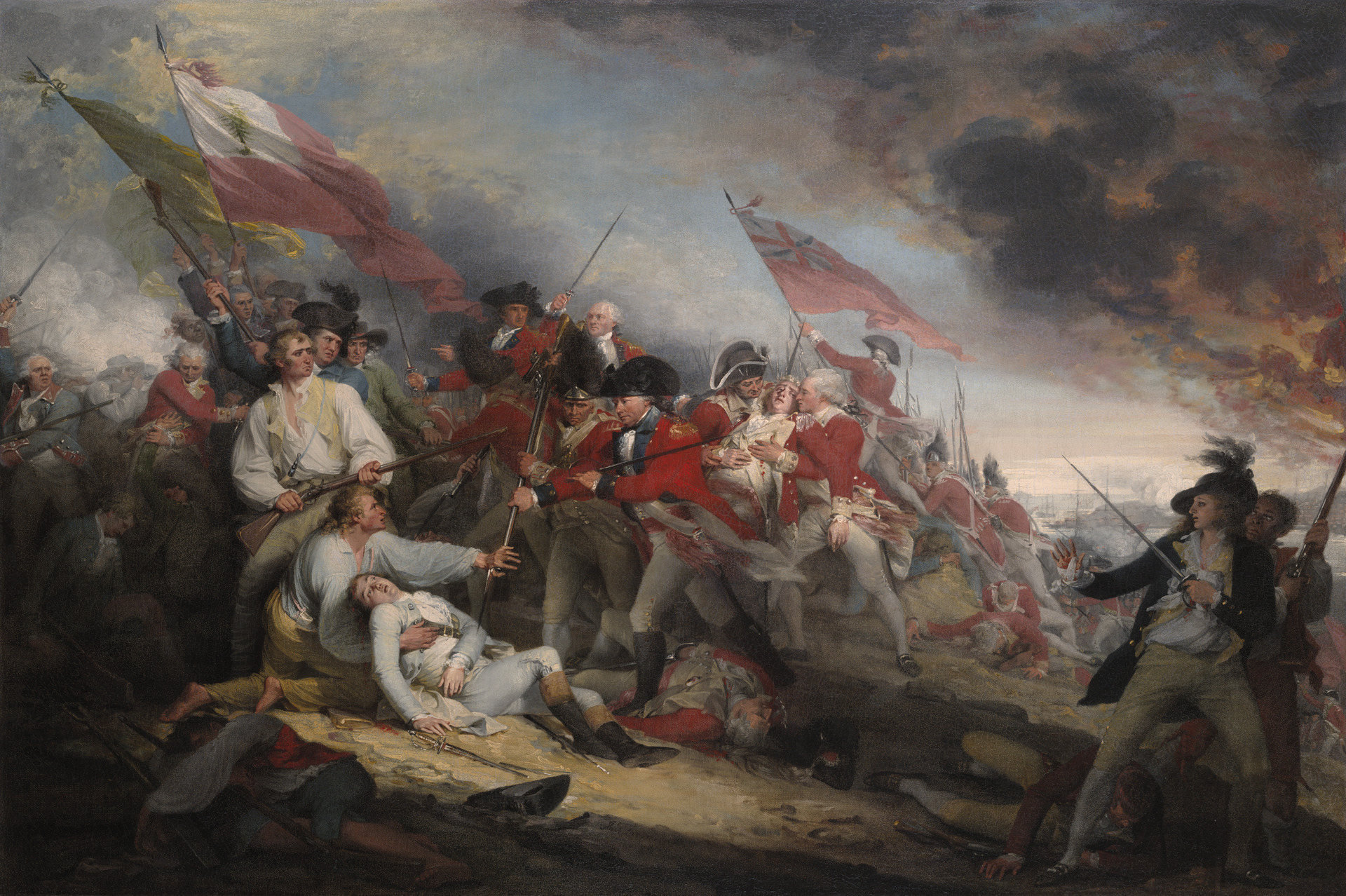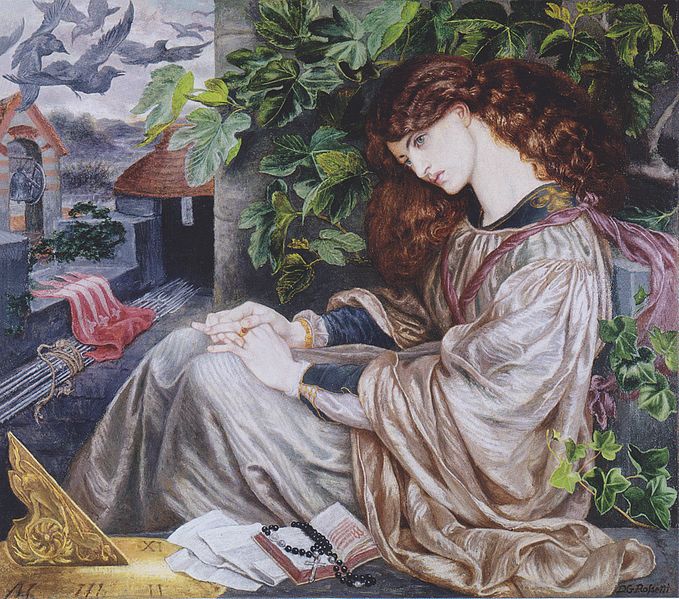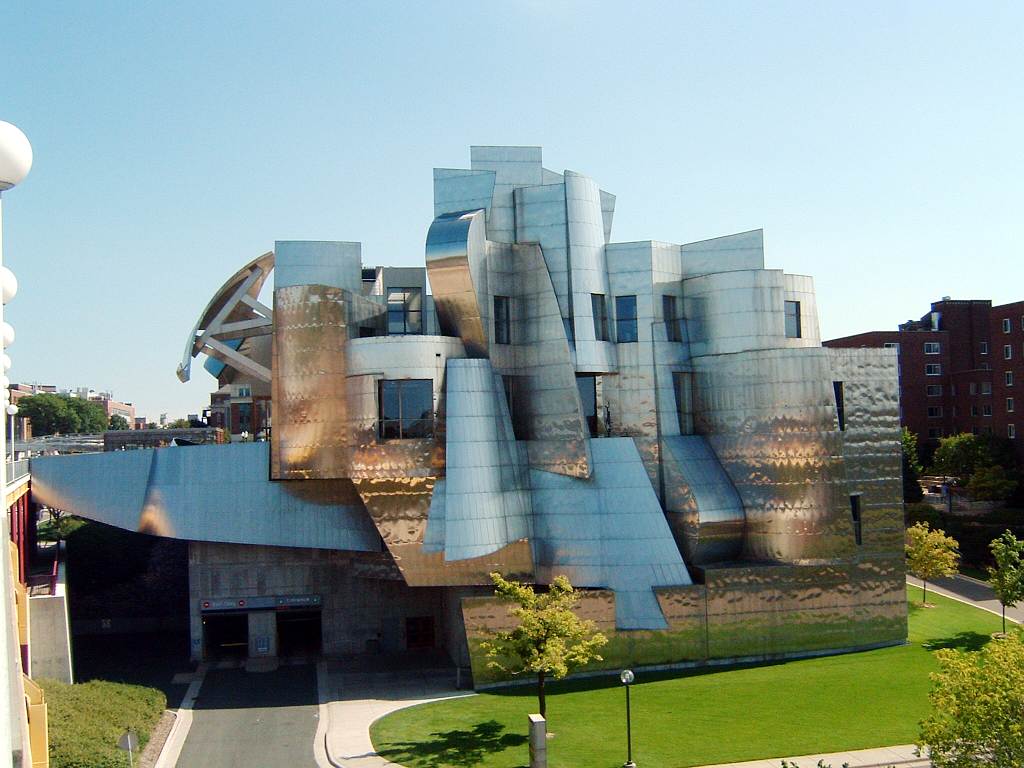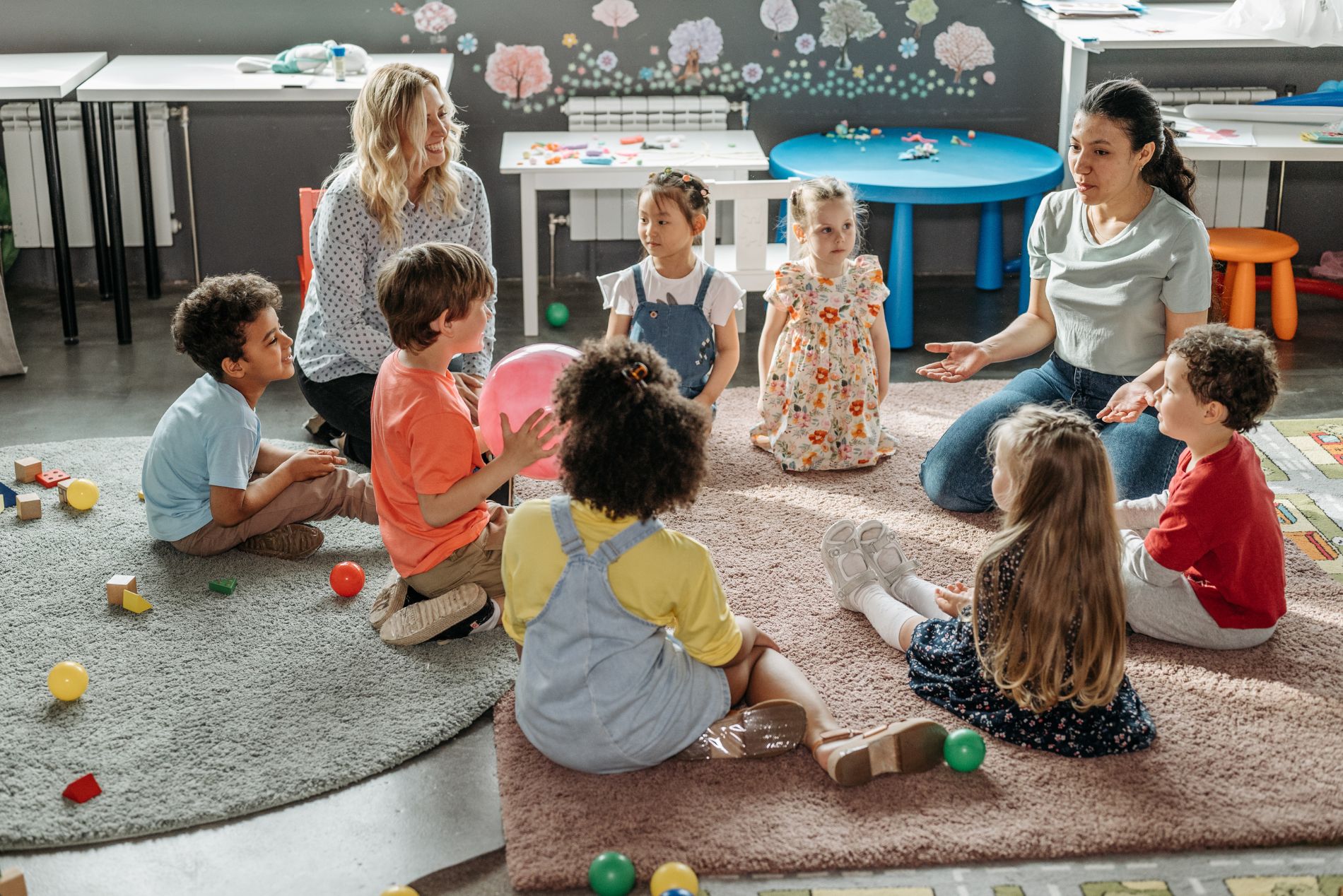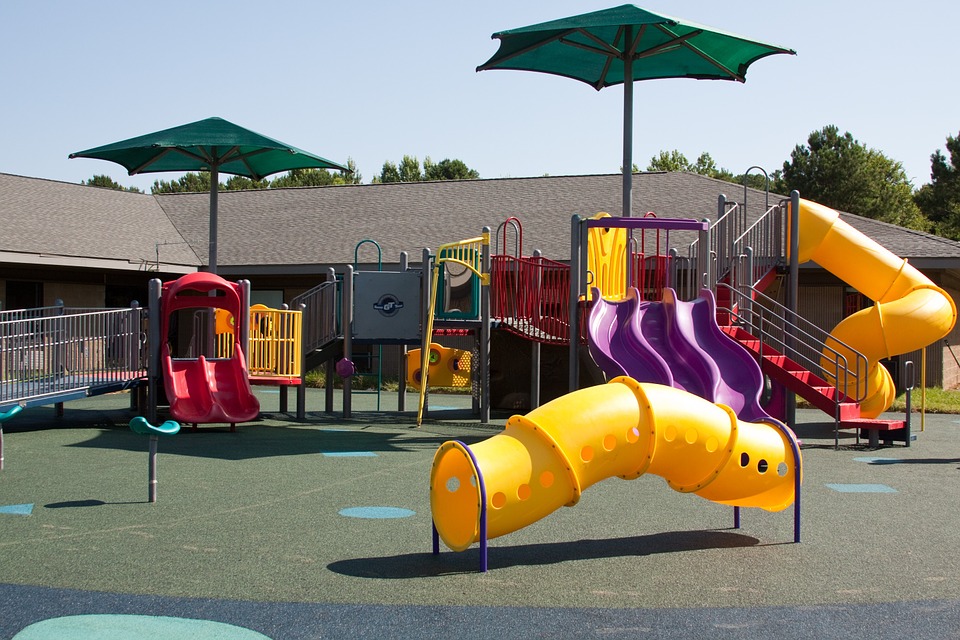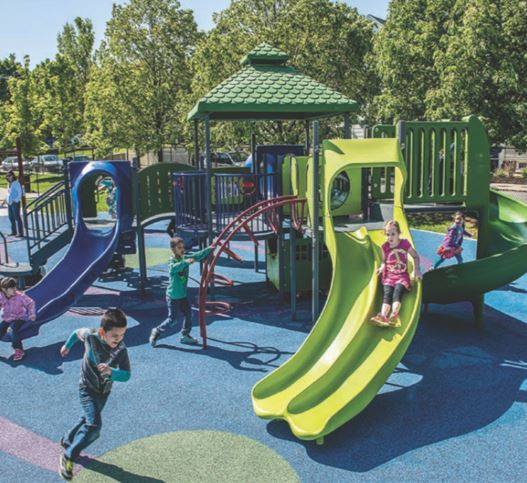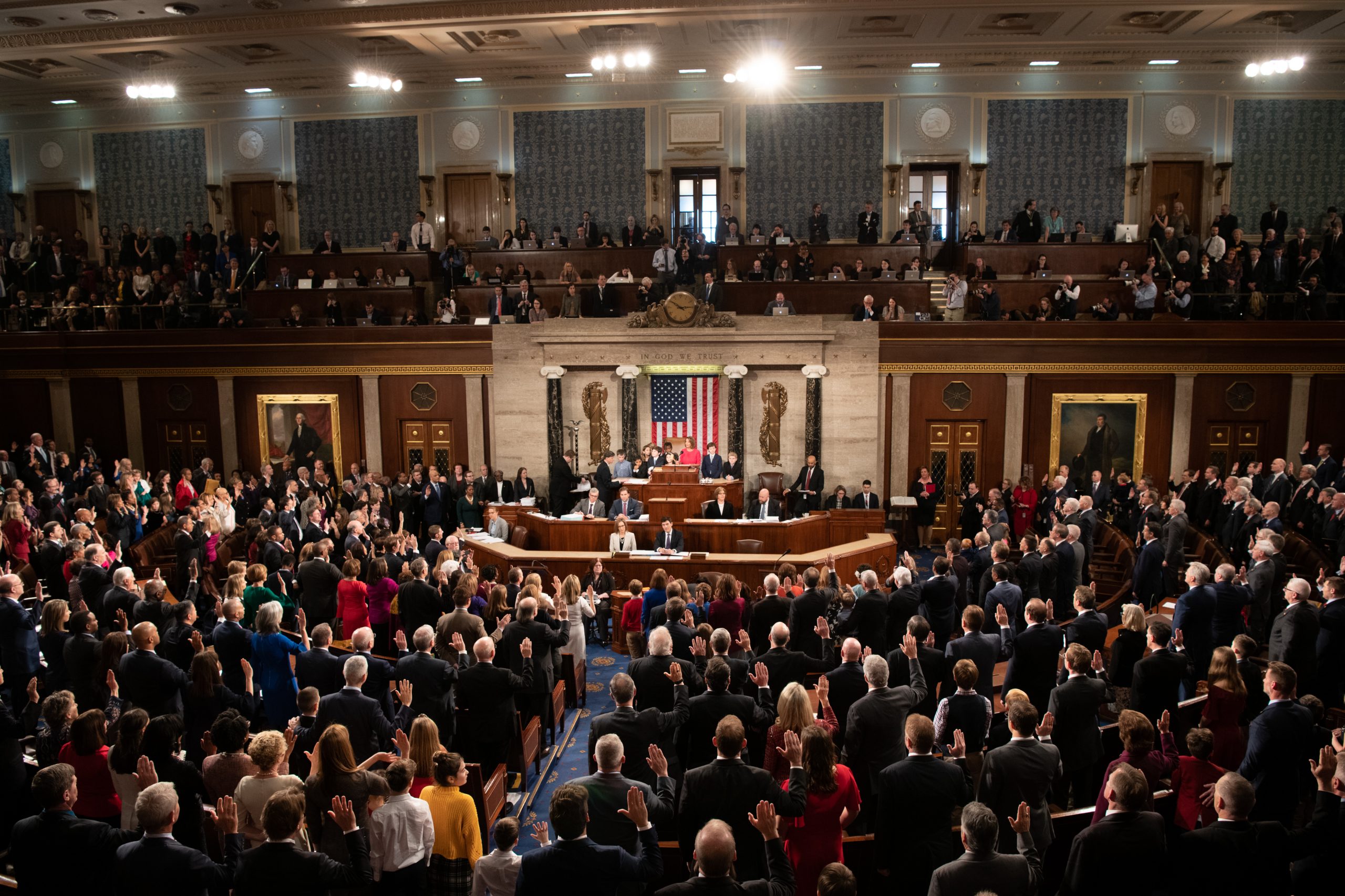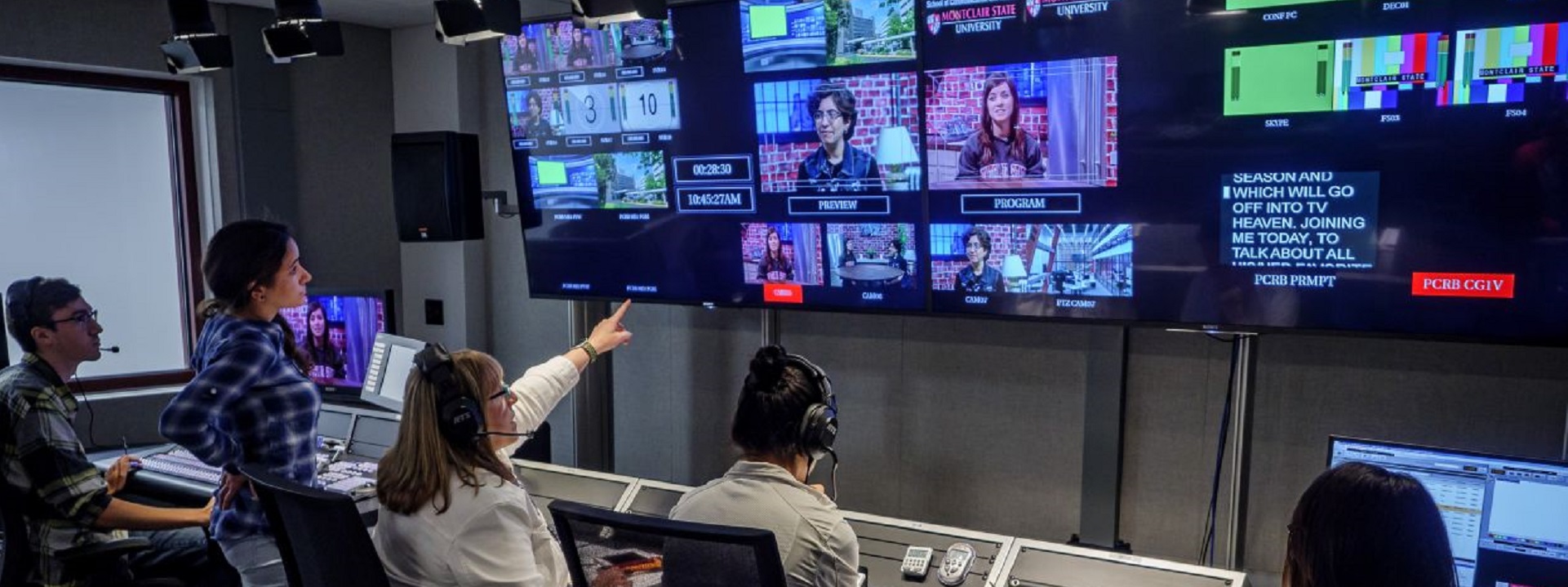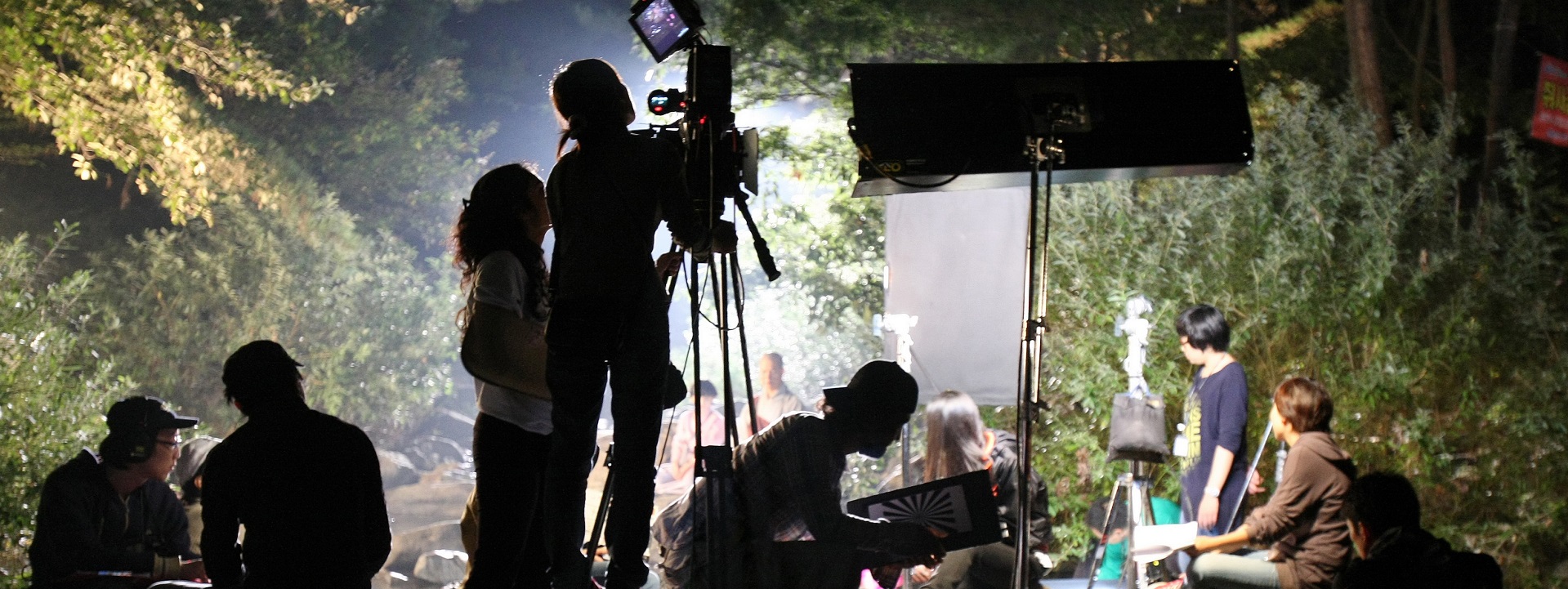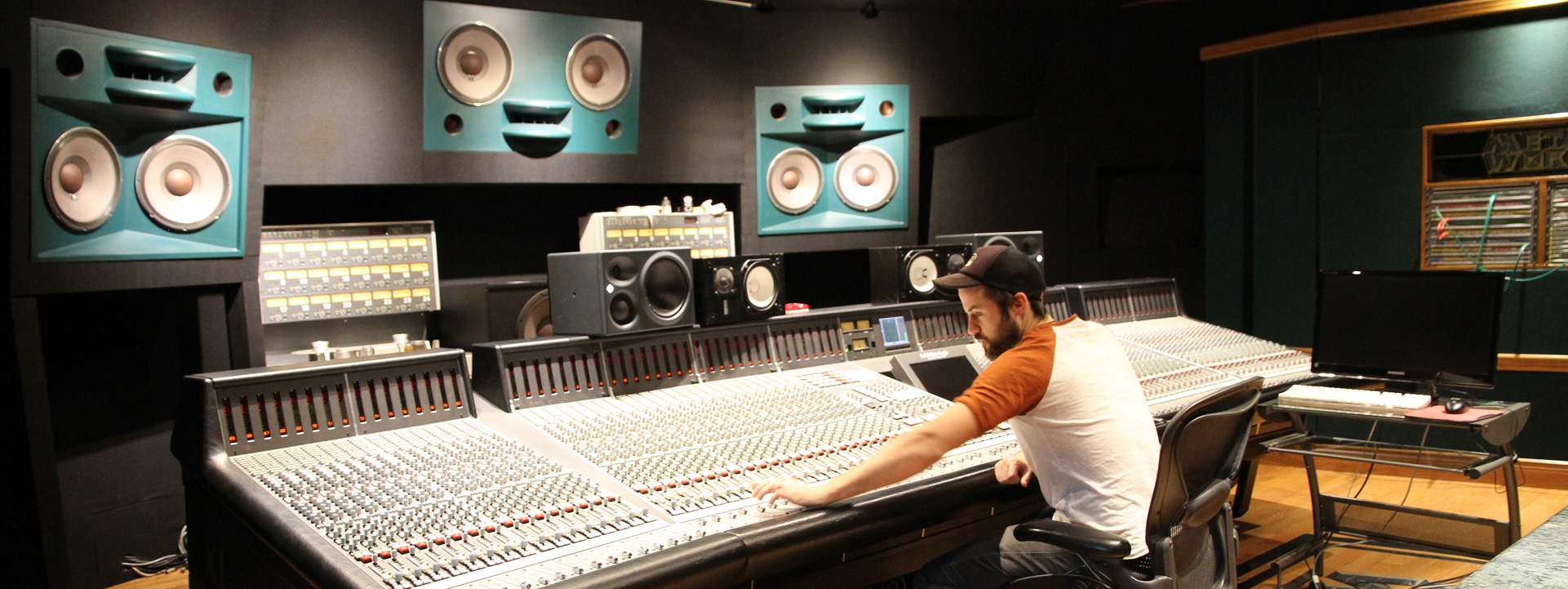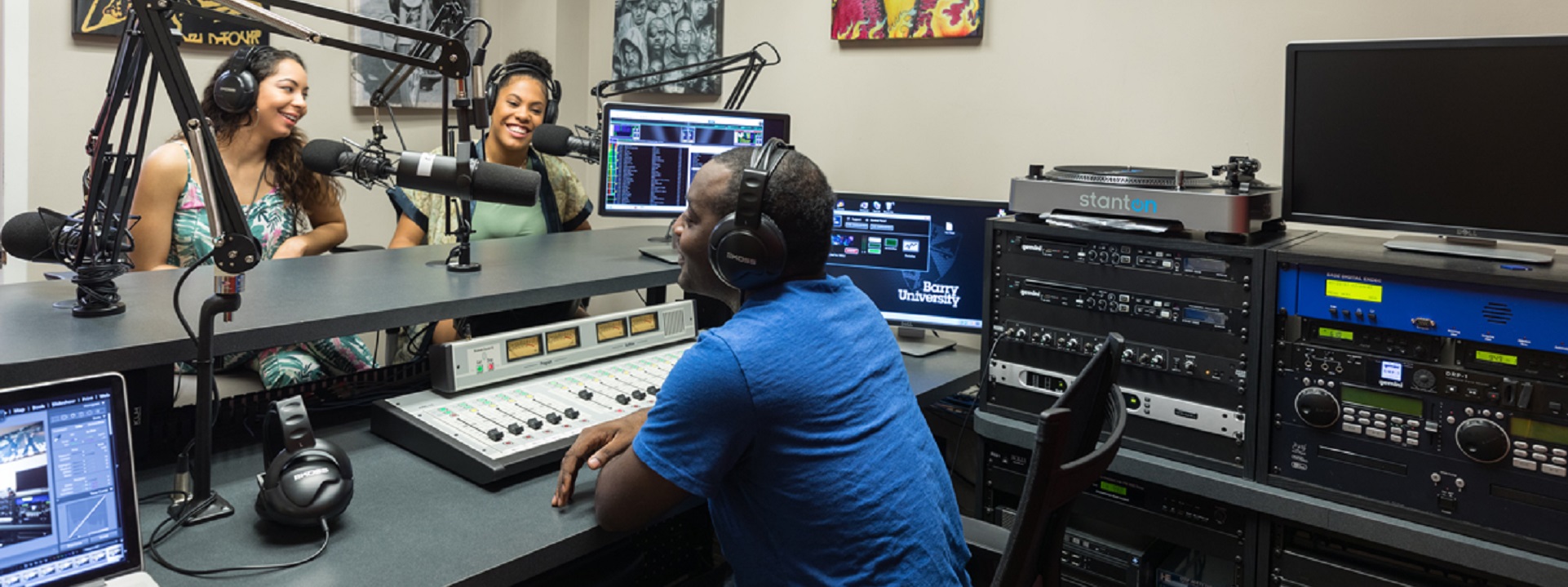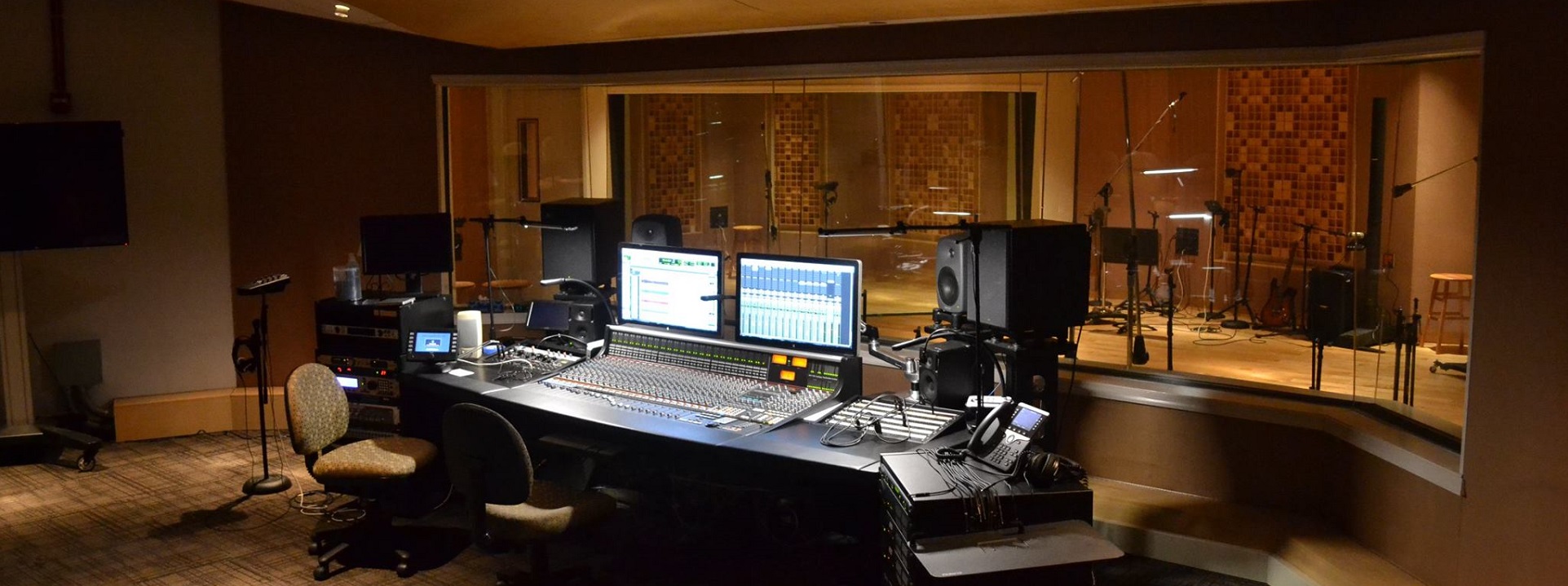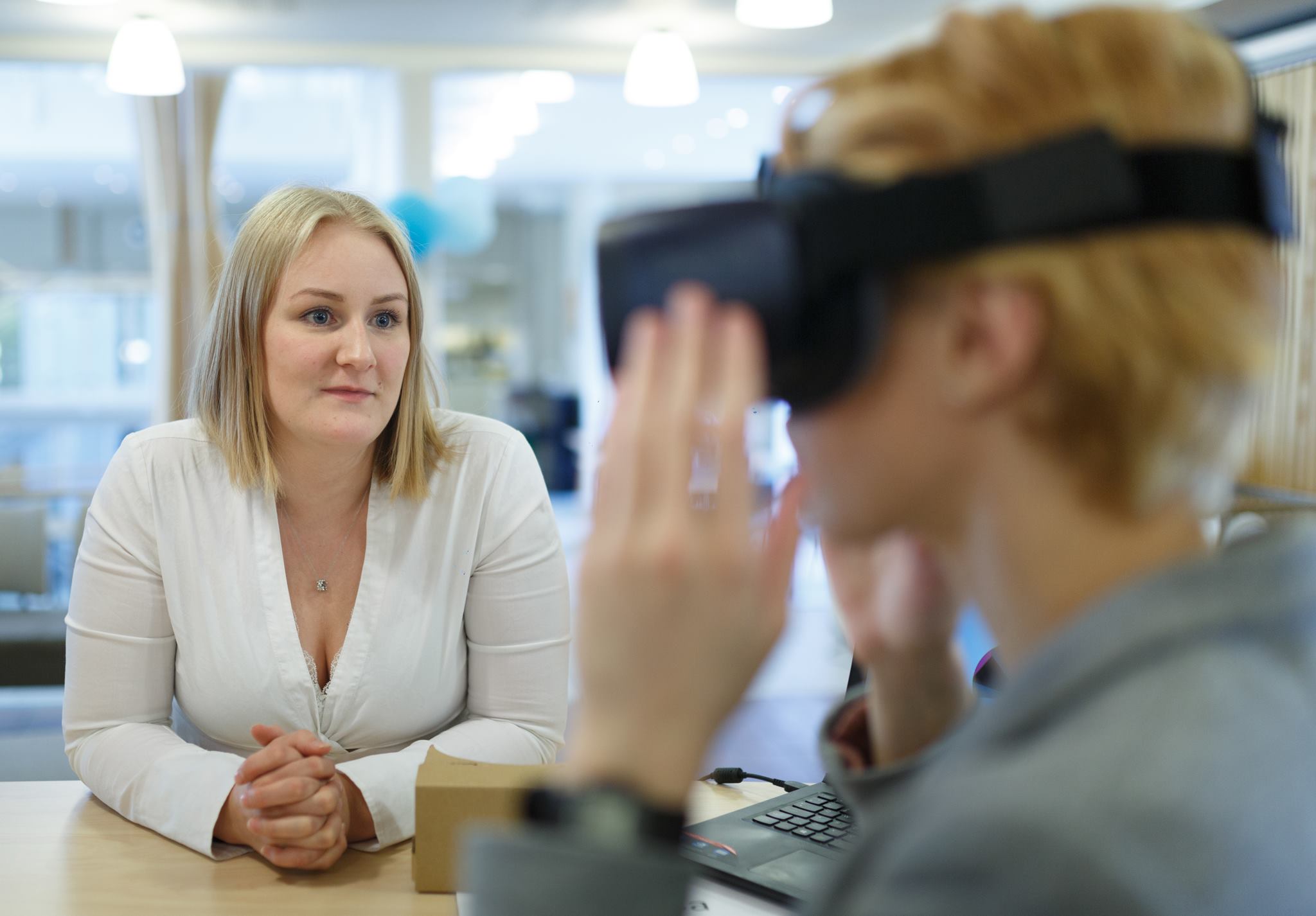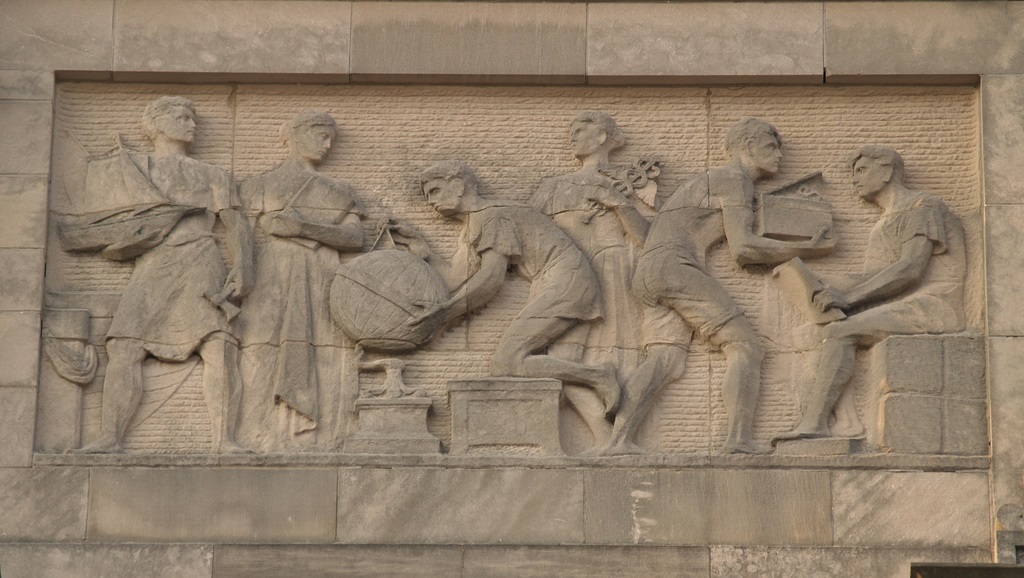
Left Panel Of George Julian Zolnay’s Allegorical “Academic, Business & Manual Education” Granite Frieze At Francis L. Cardozo High School (Washington, DC)
All fifty United States have their own “signature” disaster with which to reckon; some more than others. California has earthquakes, Florida has hurricanes, Missouri has floods; and so on, Life and property loss are preventable; but losses will persist because technical solutions notwithstanding, culture determines human behavior. It is impossible to be alive and safe.
FM Global is one of several organizations that curate privately developed consensus products that set the standard of care for many industries; education communities among them. These standards contribute to the reduction in the risk of property loss due to fire, weather conditions, and failure of electrical or mechanical equipment. They incorporate nearly 200 years of property loss experience, research and engineering results, as well as input from consensus standards committees, equipment manufacturers and others.
If you want FMGlobal as your insurance carrier, or to supplement your organization’s self-insurance program, then you will likely be assigned an FMGlobal conformity professional.
A scan of its list data sheets indicate a number of noteworthy updates of documents establishing minimum requirements for safety technologies common in education facilities:
- Safeguards During Construction, Alteration, and Demolition
- Roof Mounted Solar Photovoltaic Panels
- Maximum Foreseeable Loss
- Wind Design
- Repair of Wind-Damaged Single- and Multi-Ply Roof Systems
- Field Verification of Roof Wind Uplift Resistance
- Foam-Water Sprinkler Systems
- Cables and Bus Bars
- Natural Gas and Gas Piping
- Fire Protection for Gas Turbines and Electric Generators
- Fire Protection for Steam Turbines and Electric Generators
- Asset Integrity
- USA and Canada Cost Trends (excl. Puerto Rico)
- Vessels and Piping
Technical Reports Supporting Code Change
Note that the bulk of the safety concepts in the foregoing titles incorporate by reference the safety concepts that cross our radar every day FM Global provides direct access to the full span of its documents at this link:
FM GLOBAL PROPERTY LOSS PREVENTION DATA SHEETS
Note FM Global updates its standards every three months:
To respond to calls for public consultation you will need to set up (free) access credentials.
We keep FMGlobal titles — and the literature of other property insurers involved in standards setting — on the standing agenda of our Risk, Snow and Prometheus colloquia. See our CALENDAR for the next meeting.
Issue: [Various]
Category: Risk, Facility Asset Management
More
Deloitte University: Innovation in Insurance
University of Pennsylvania demonstrates the critical importance of sprinklers in dormitories
Syracuse University presents an eclectic mix of risk management challenges




